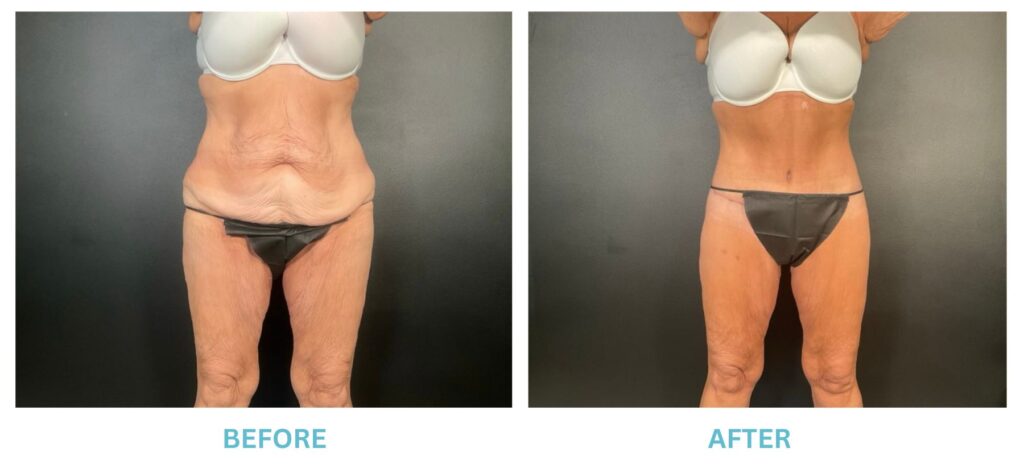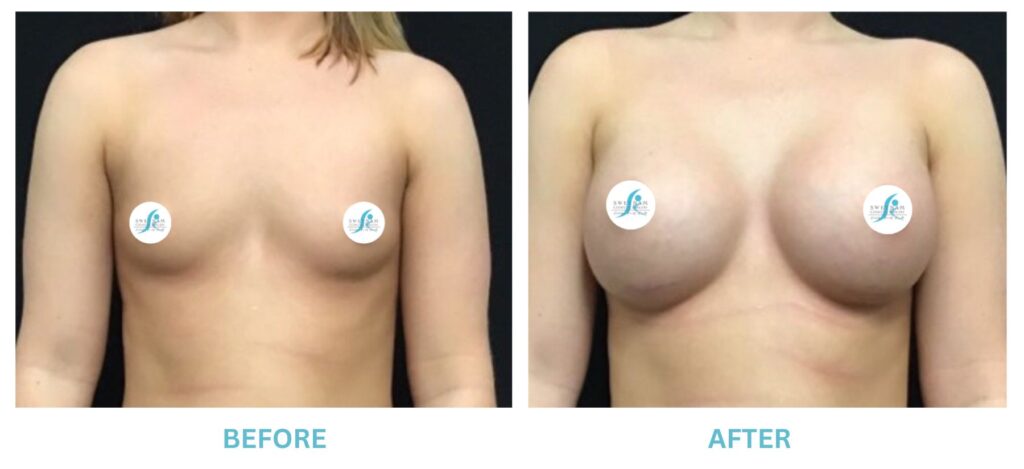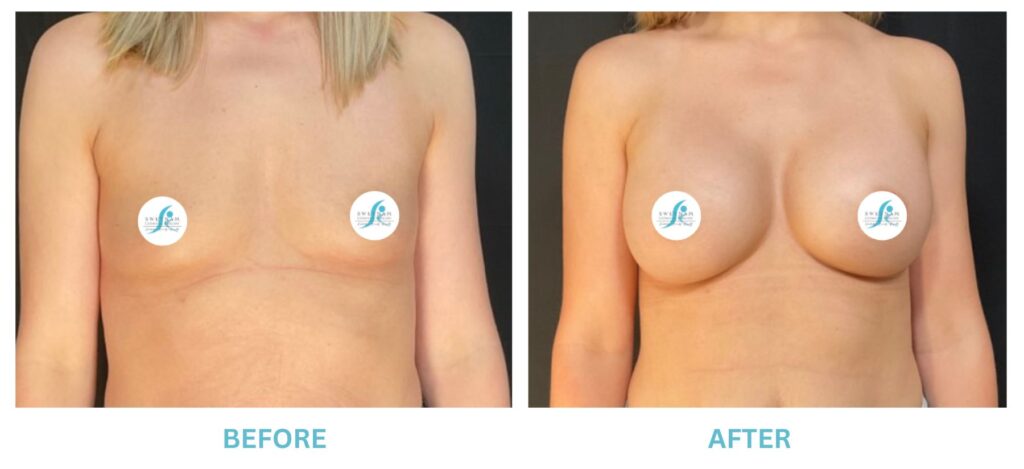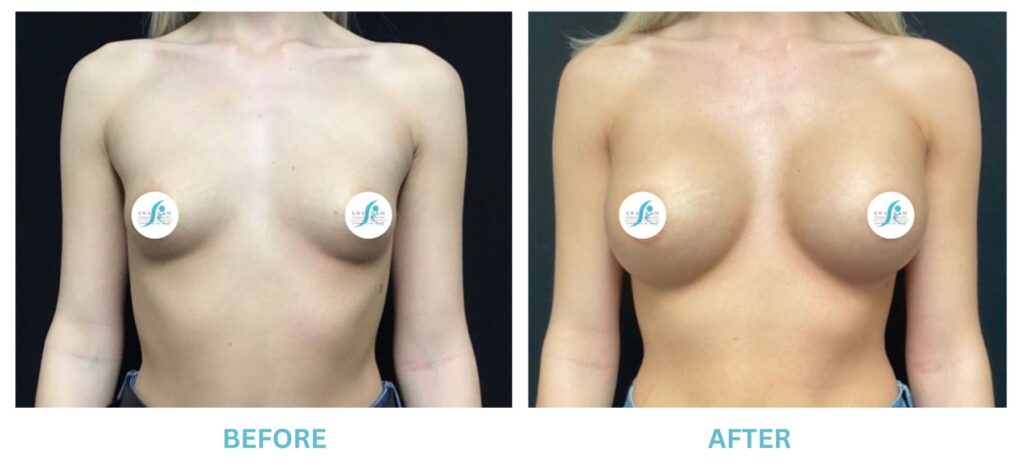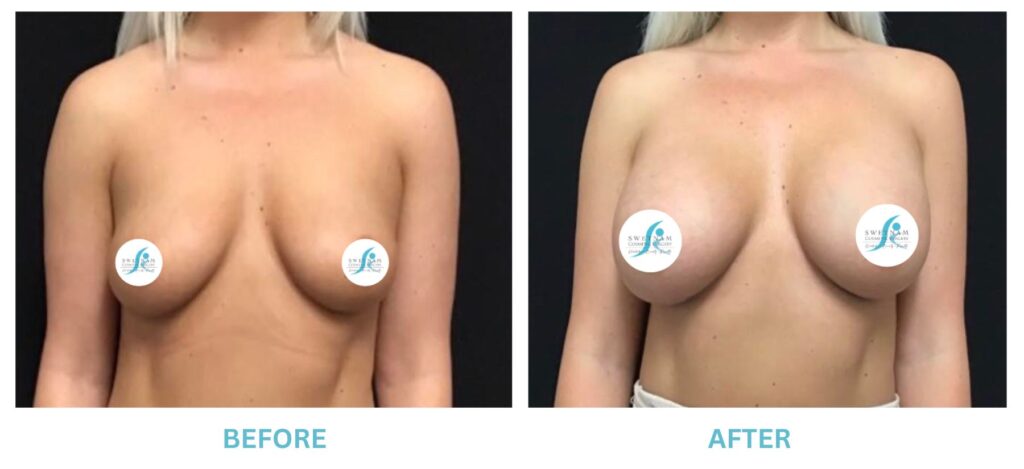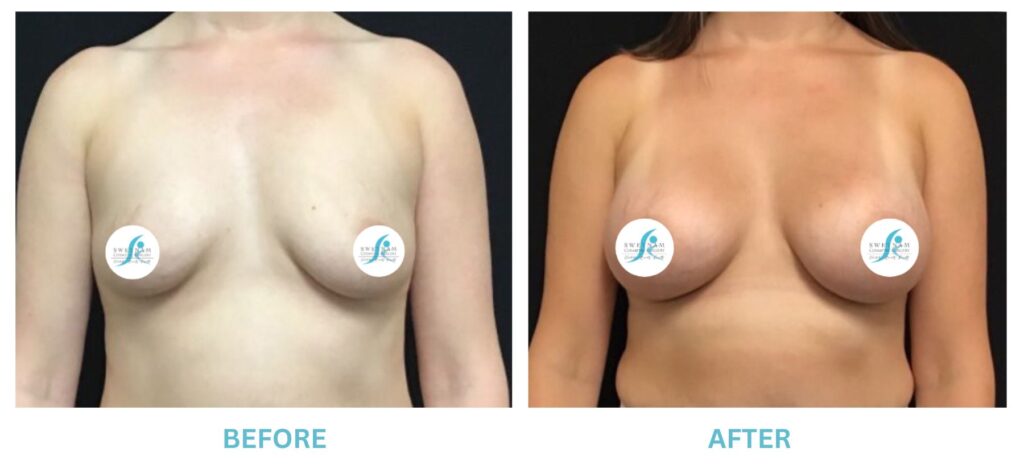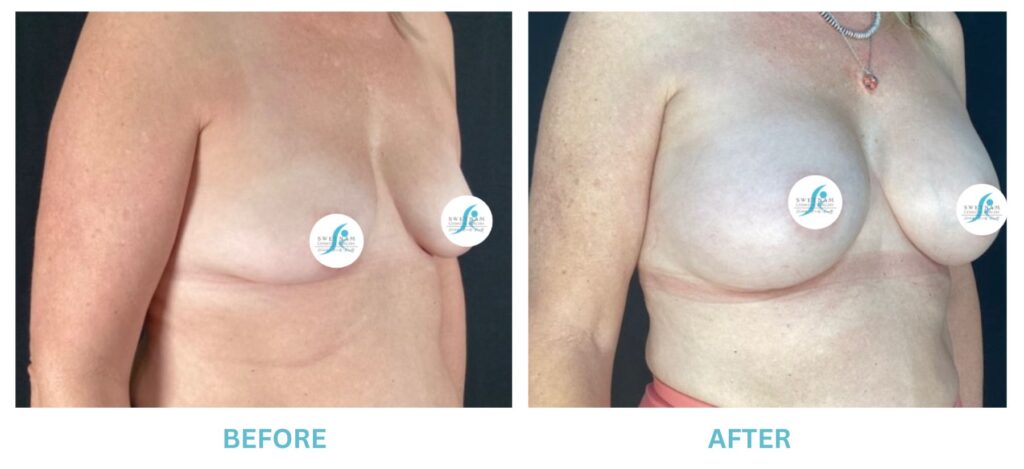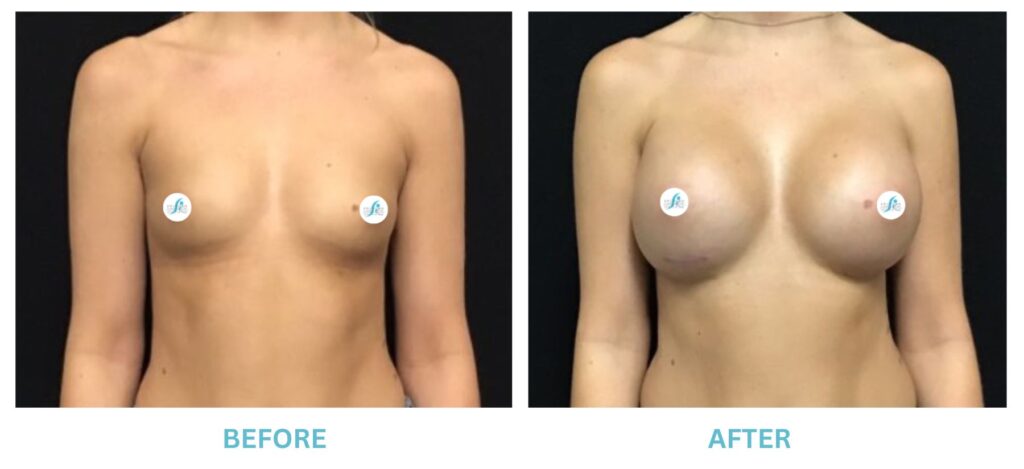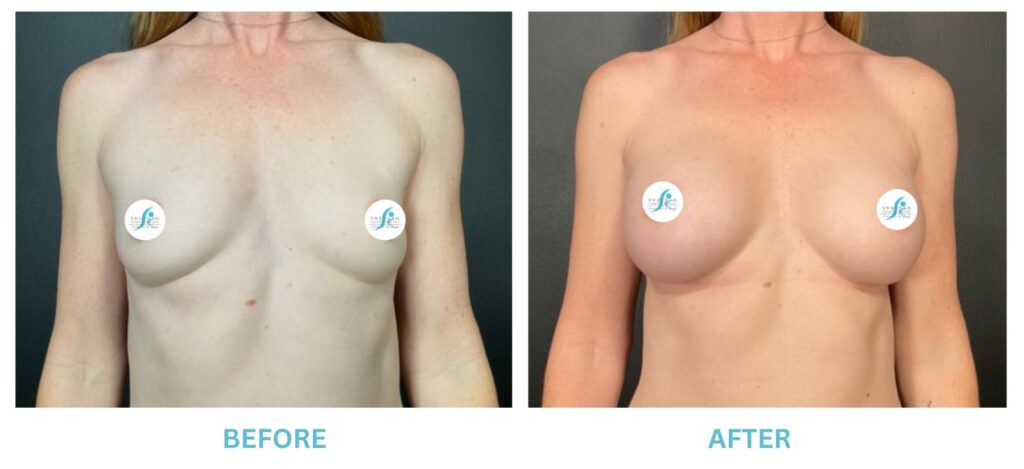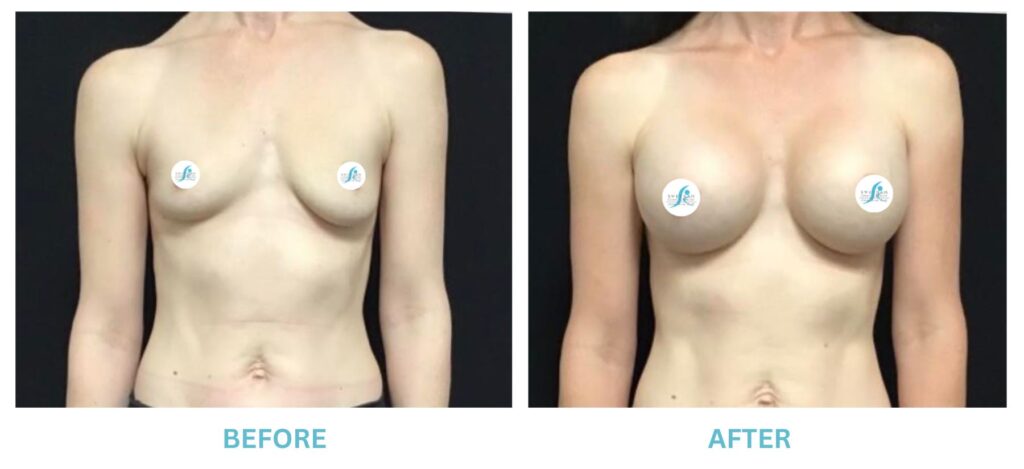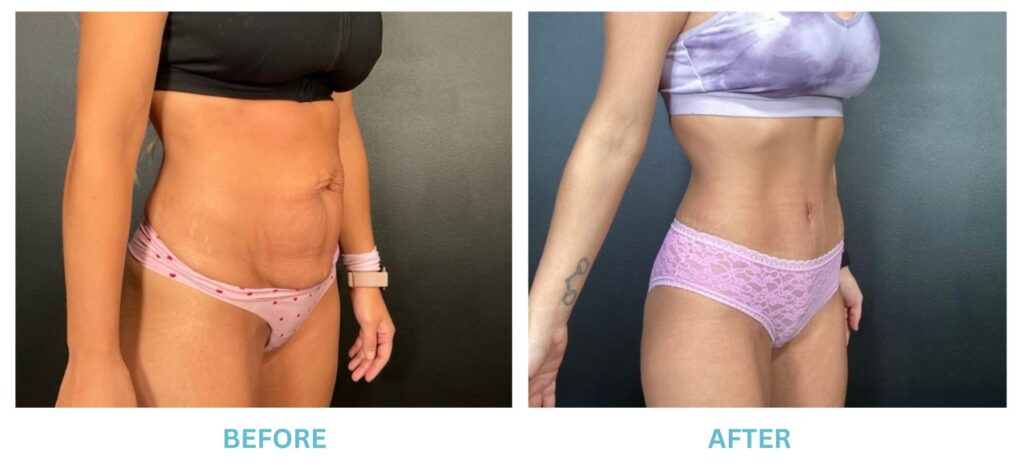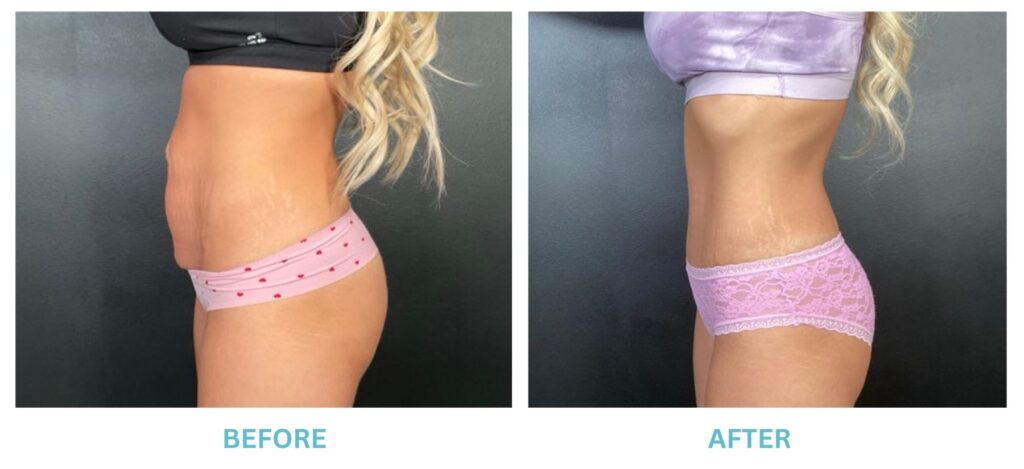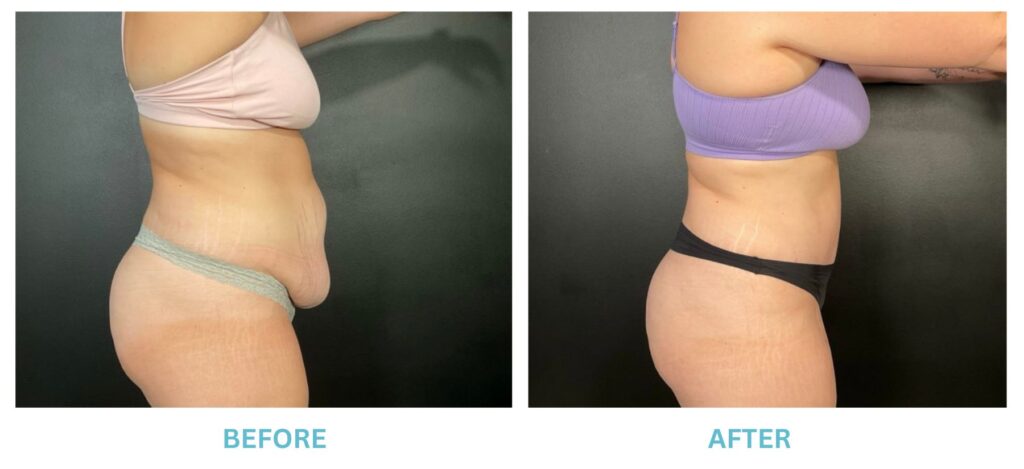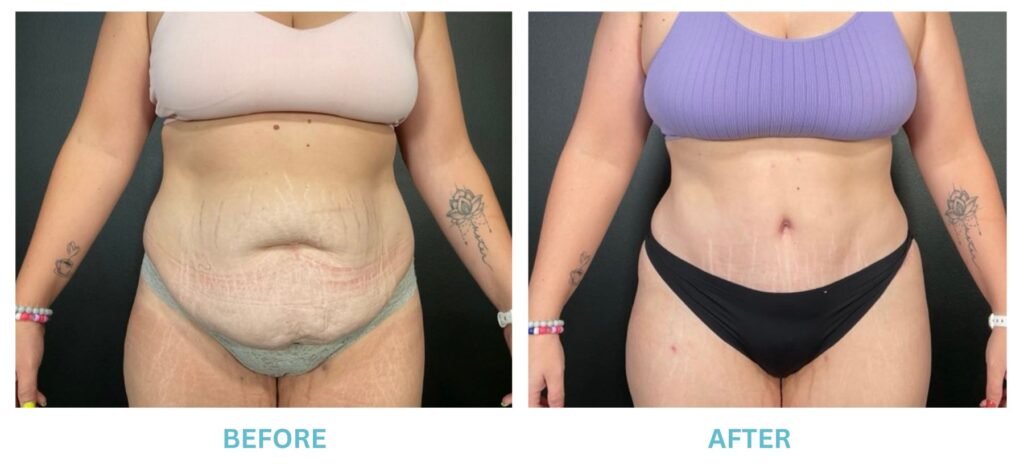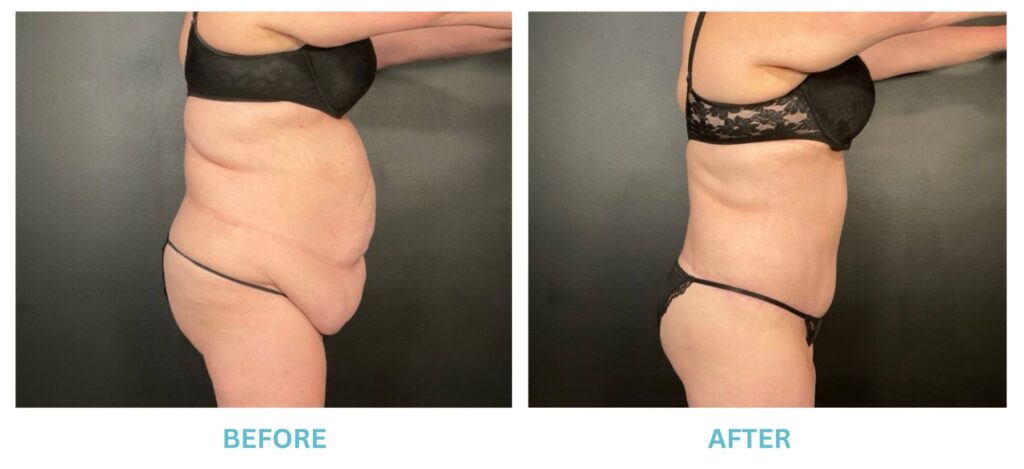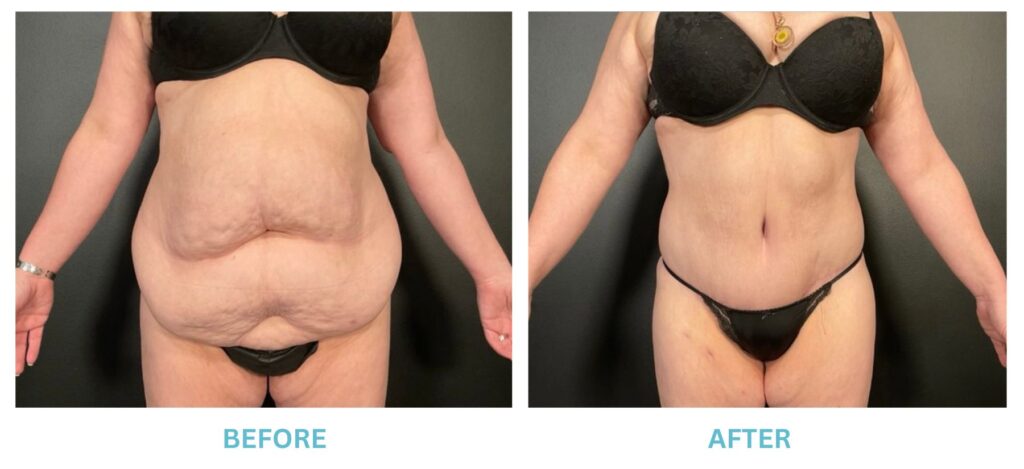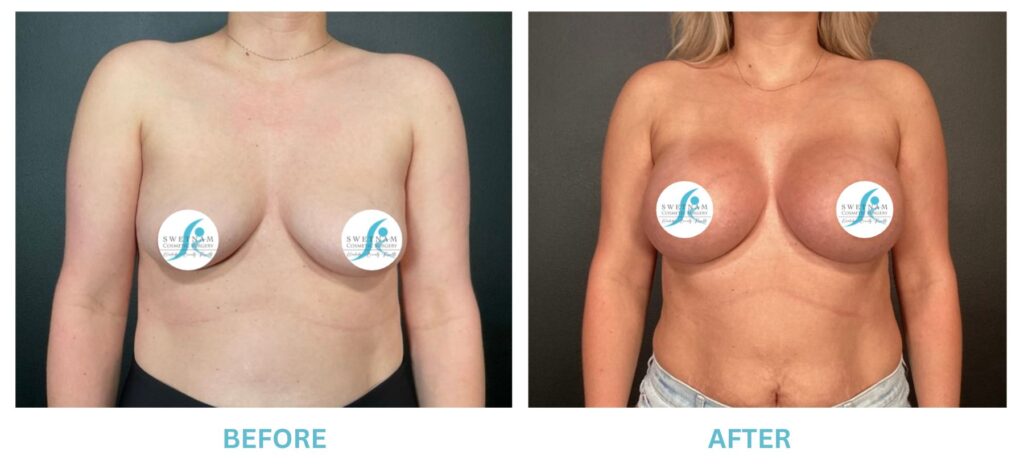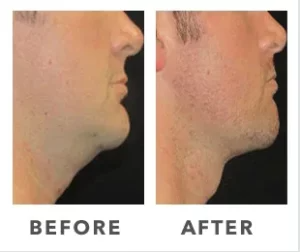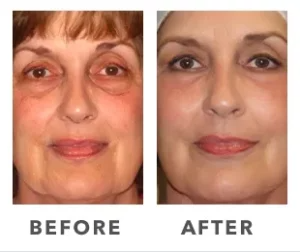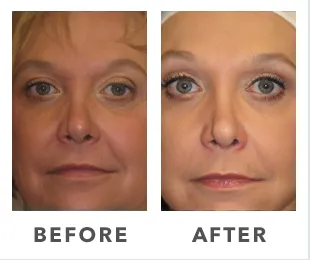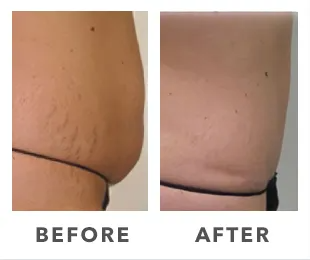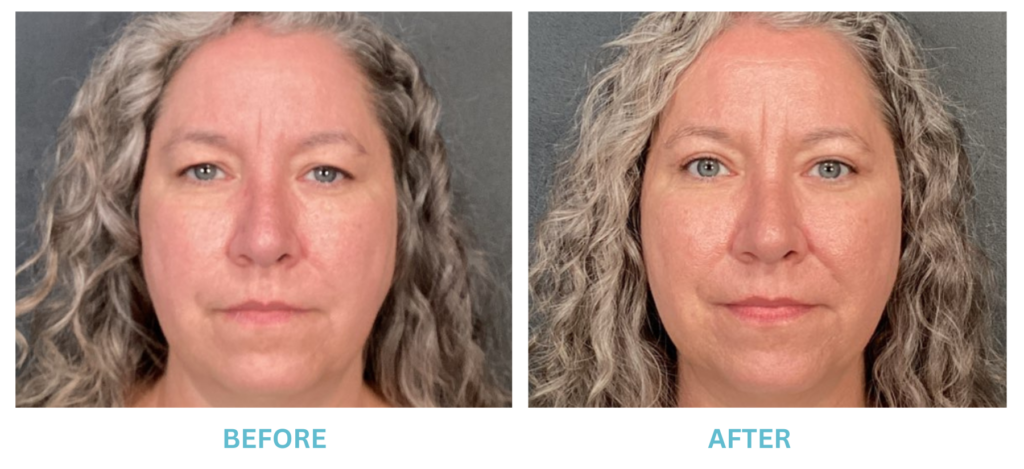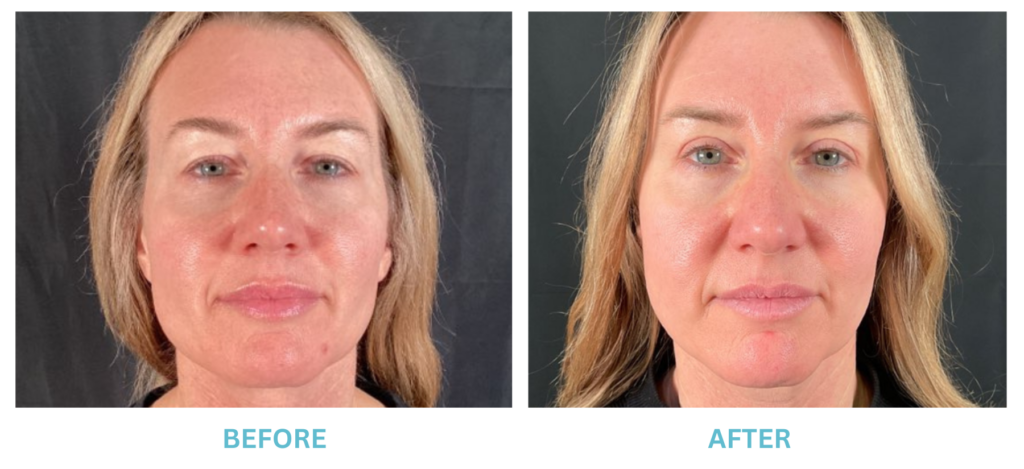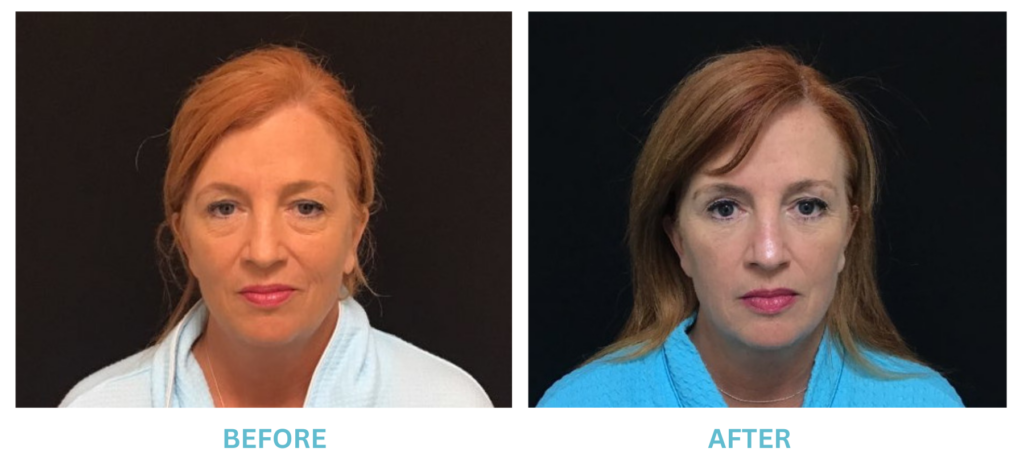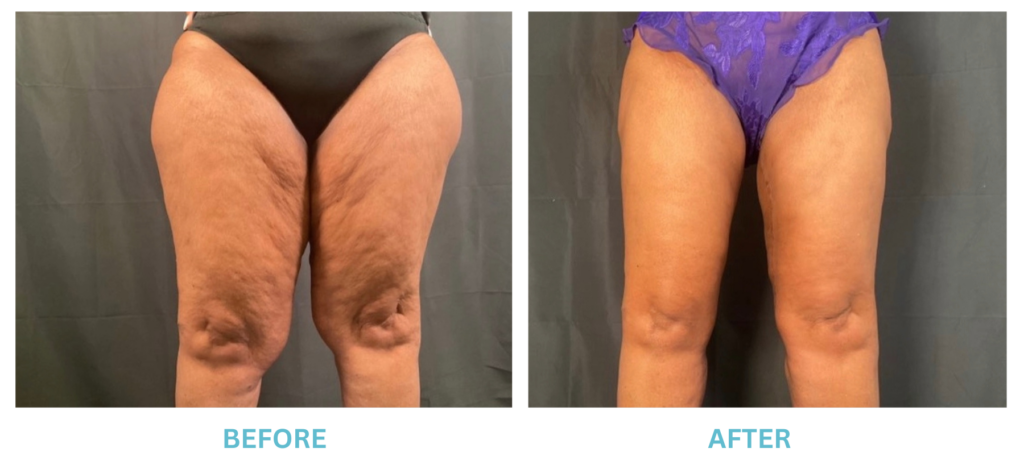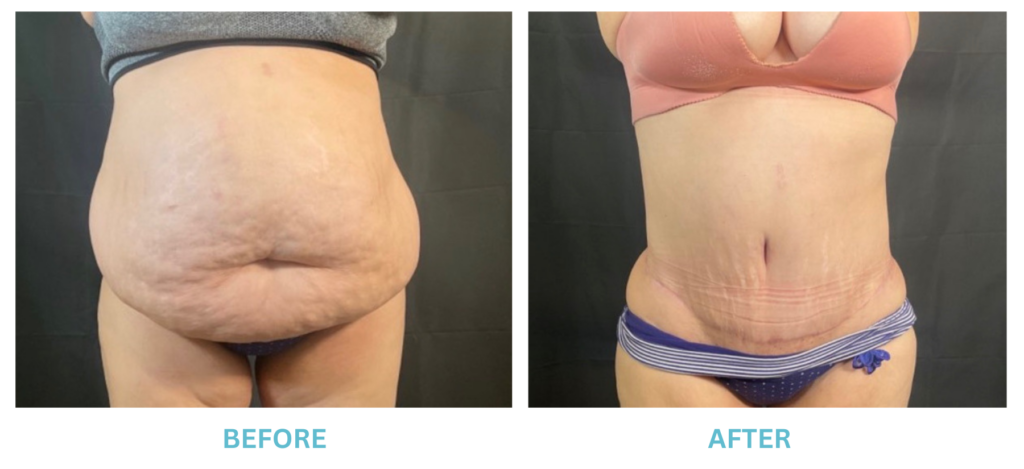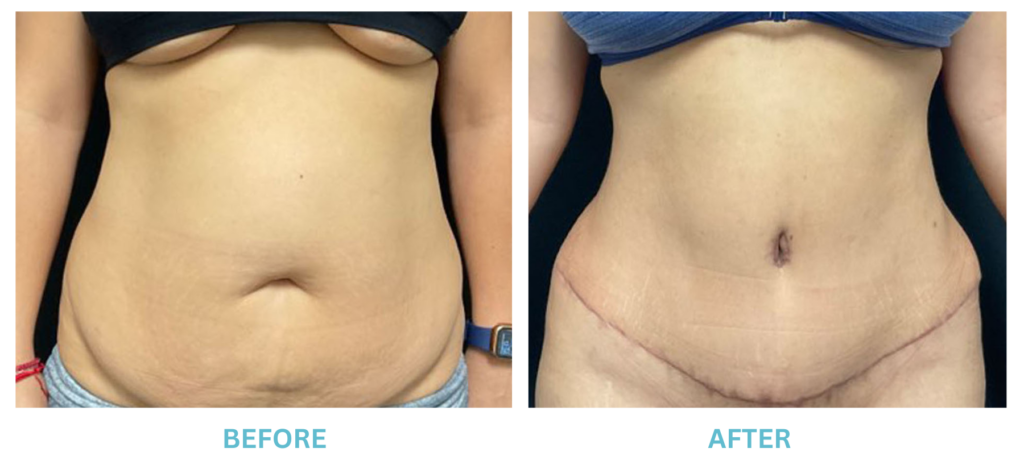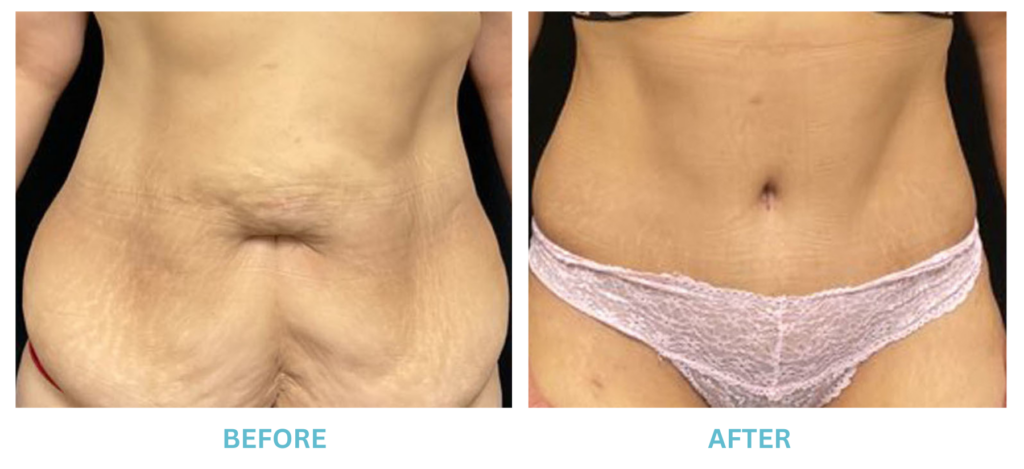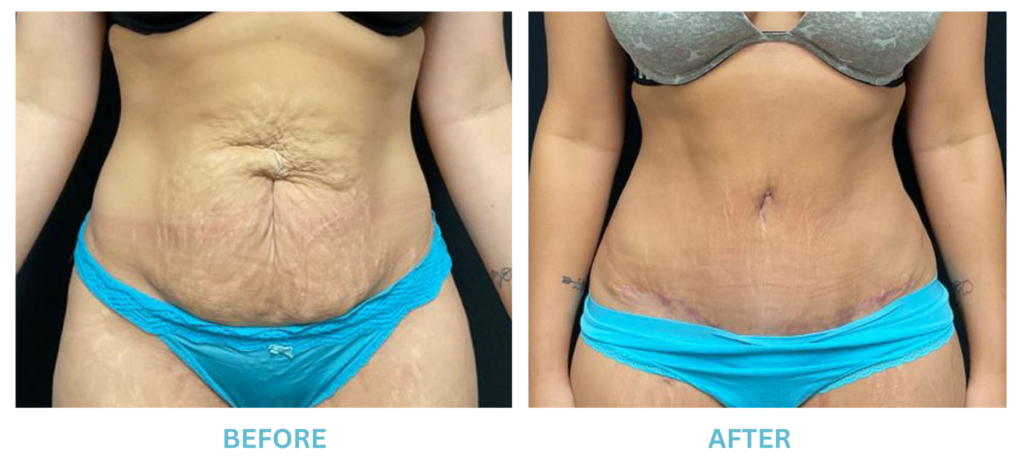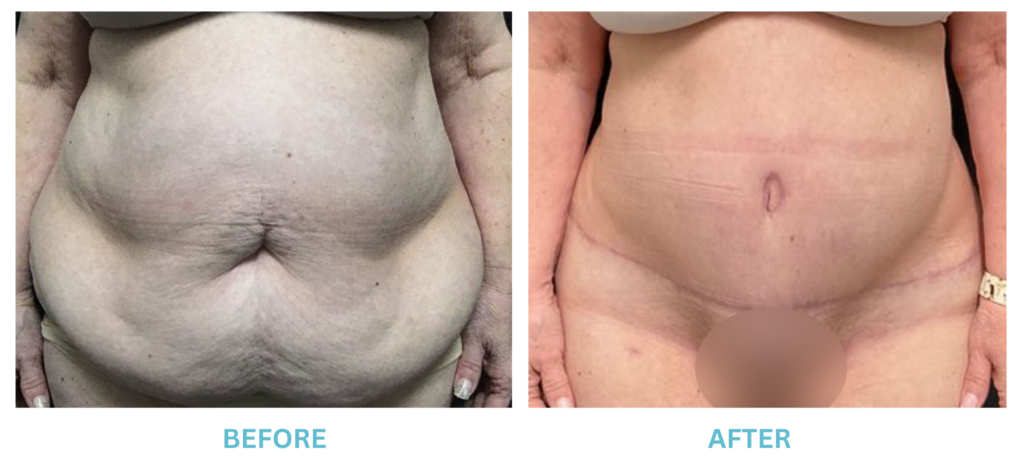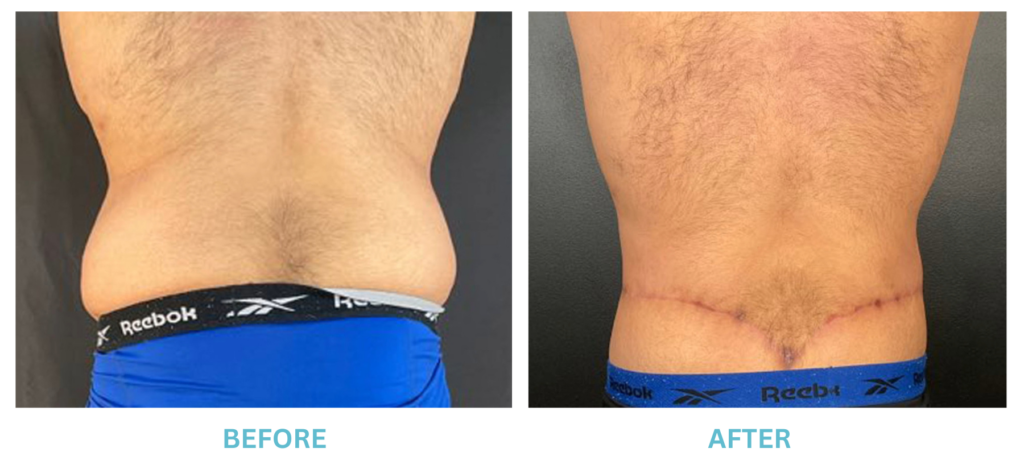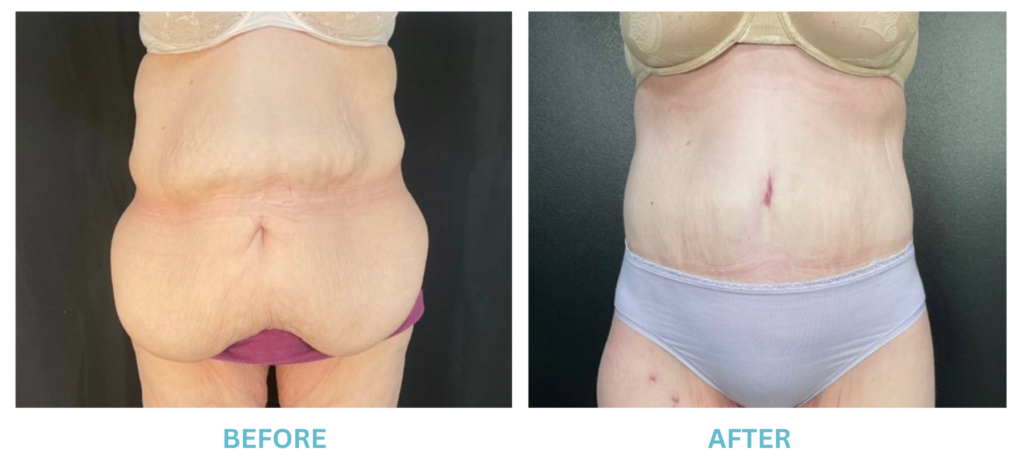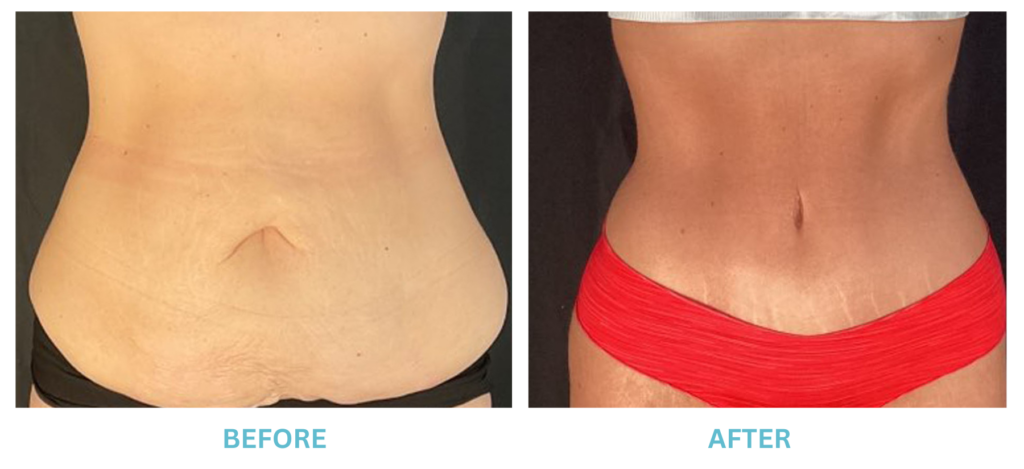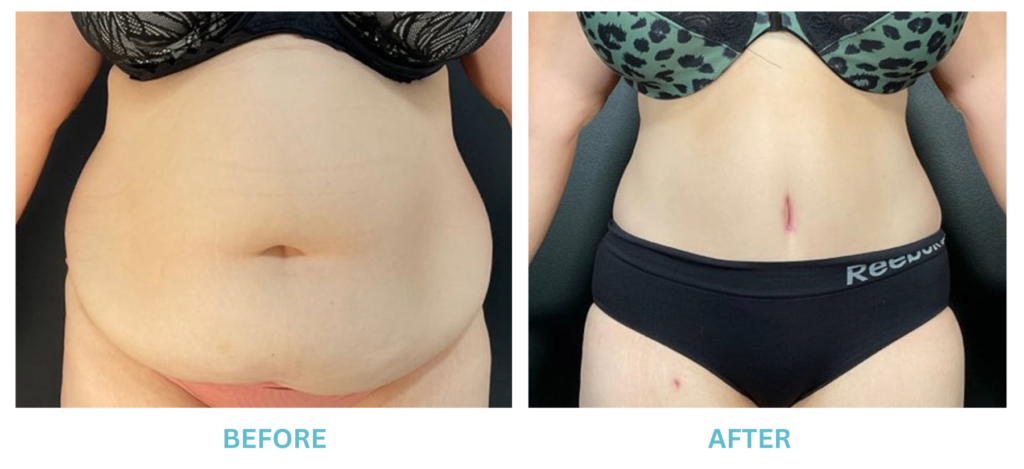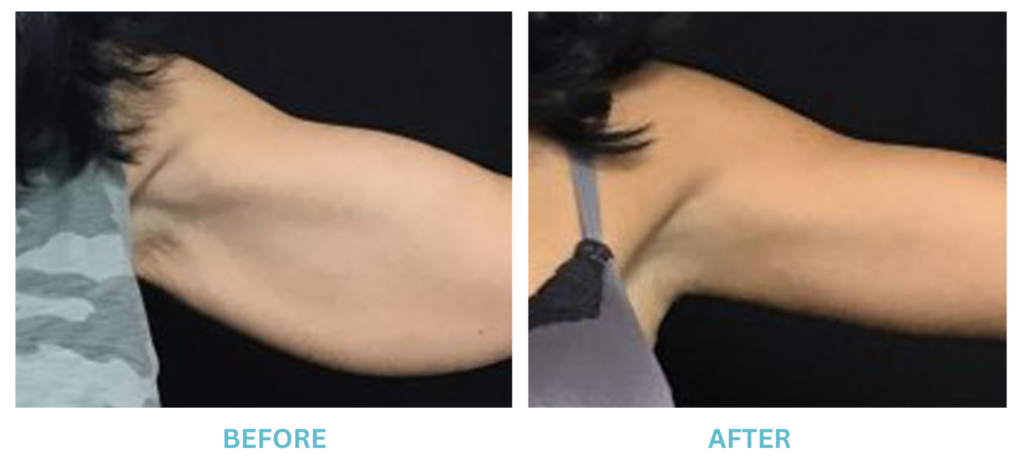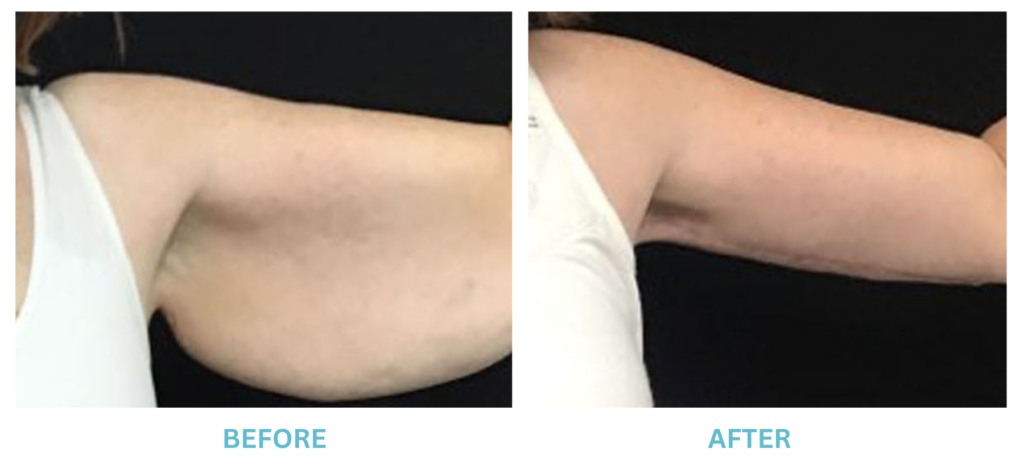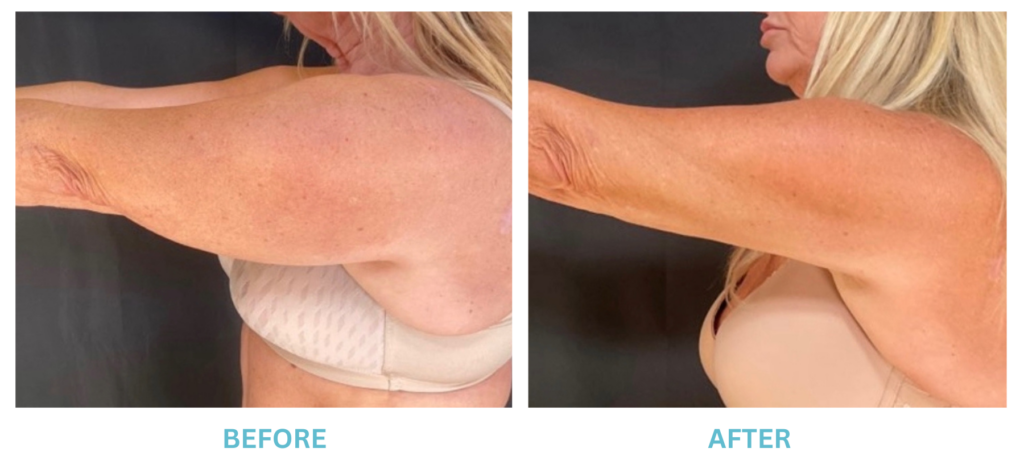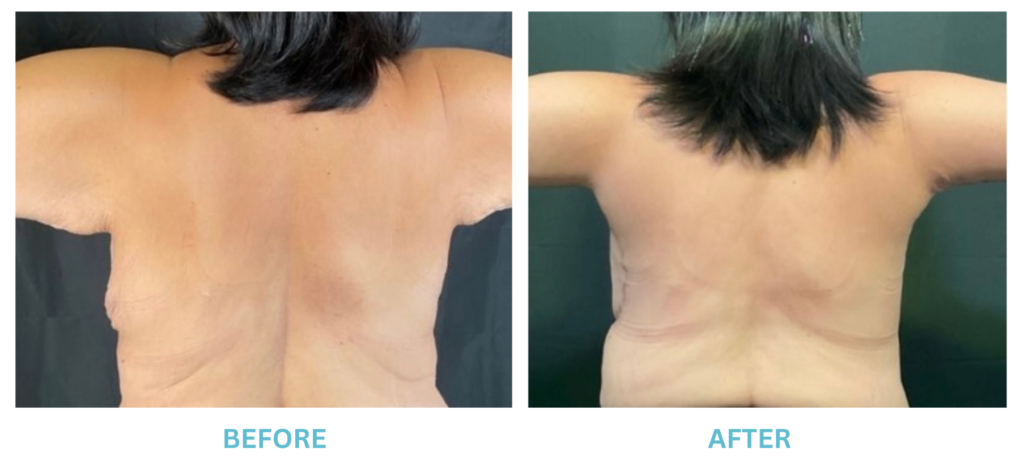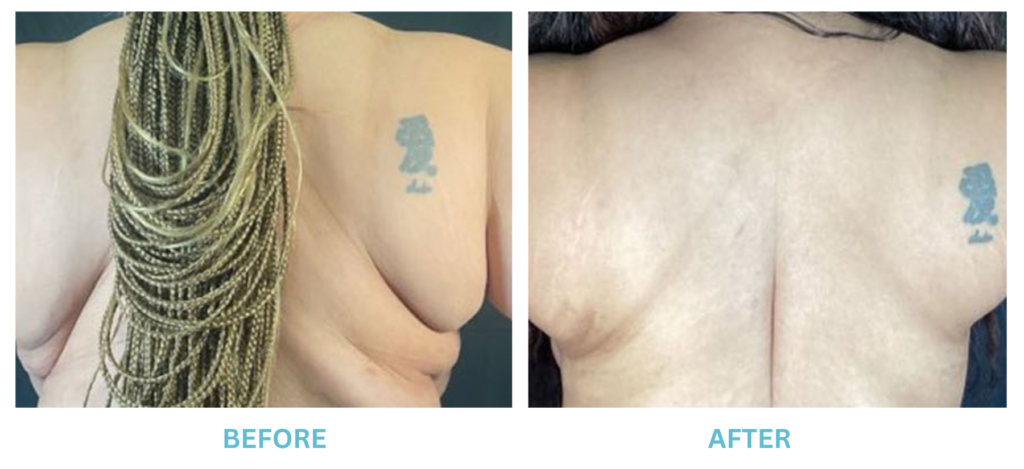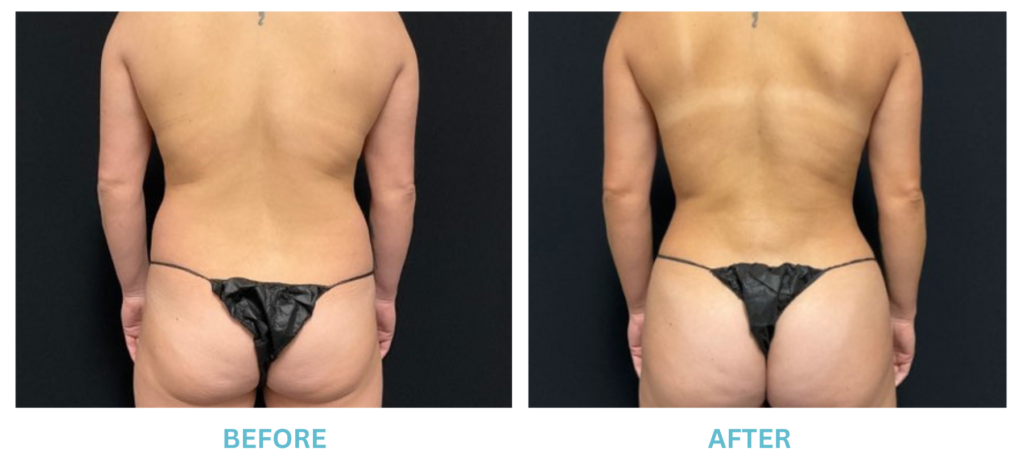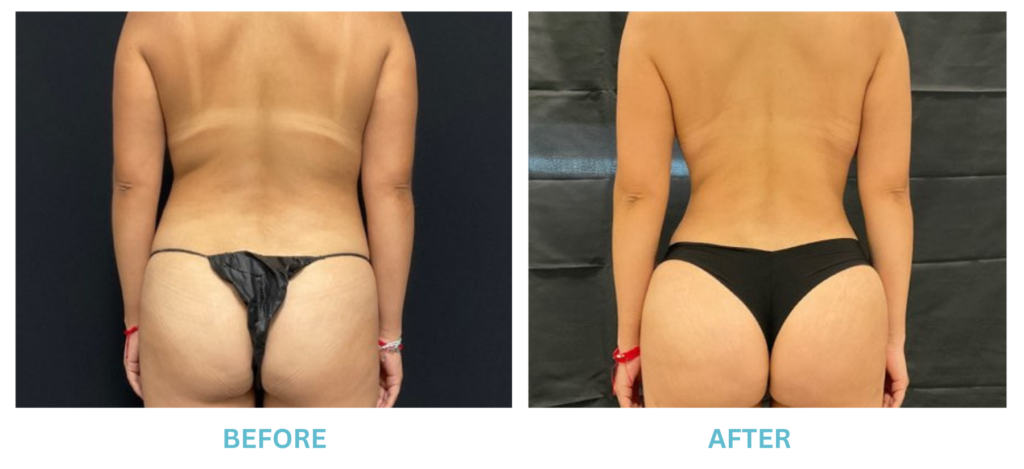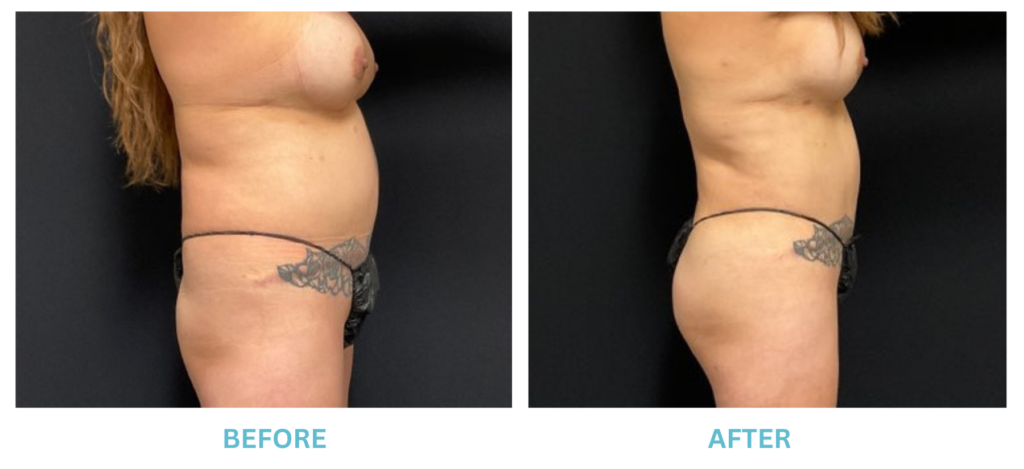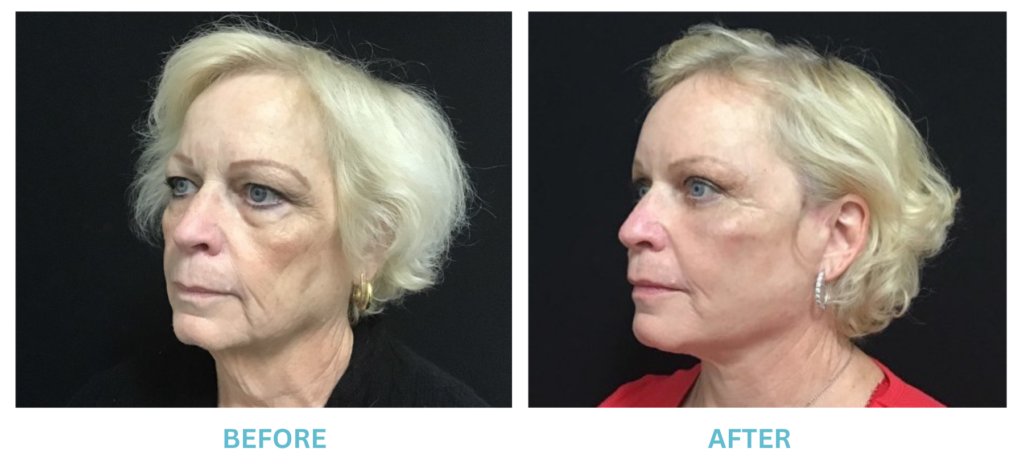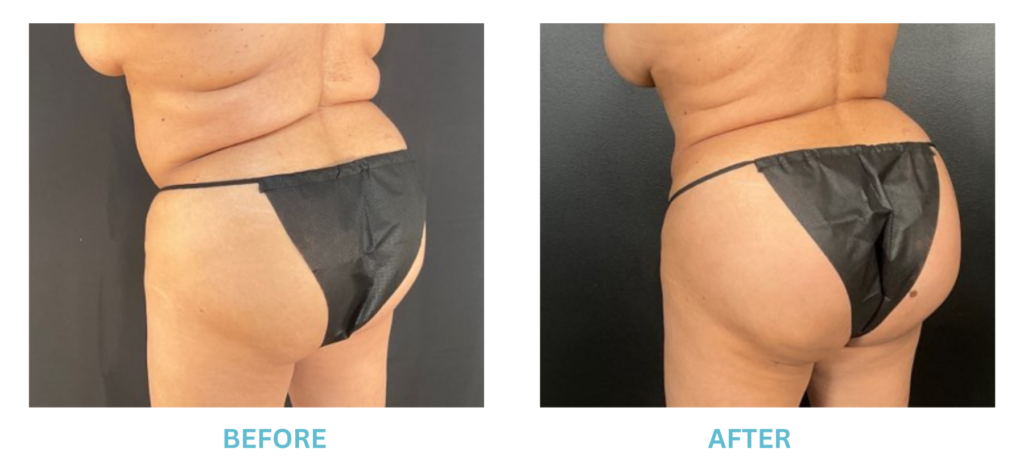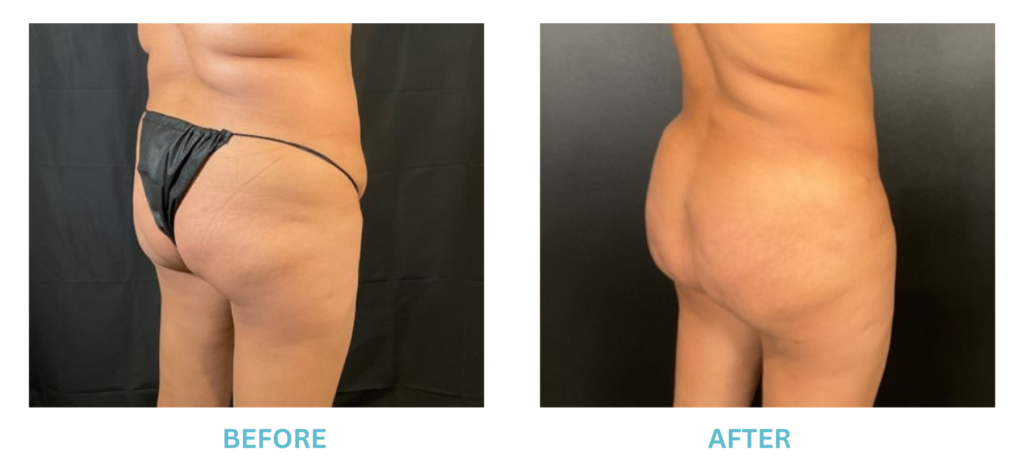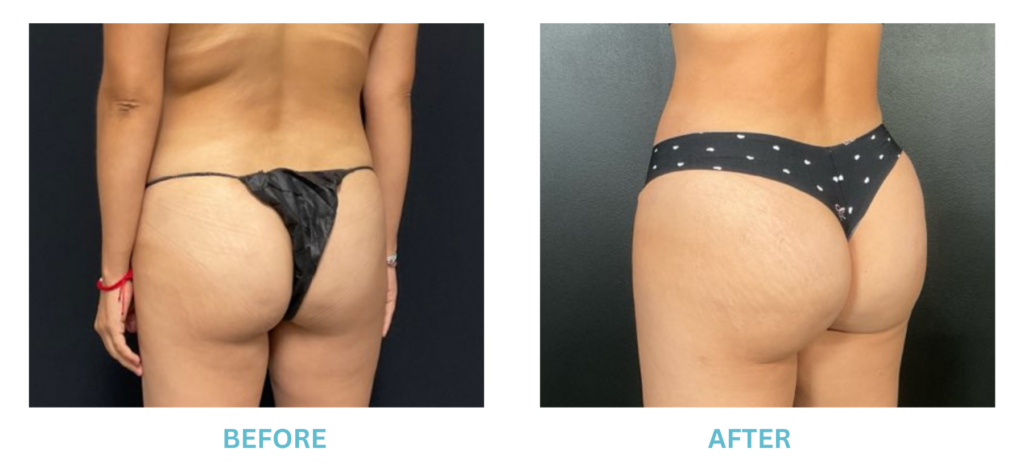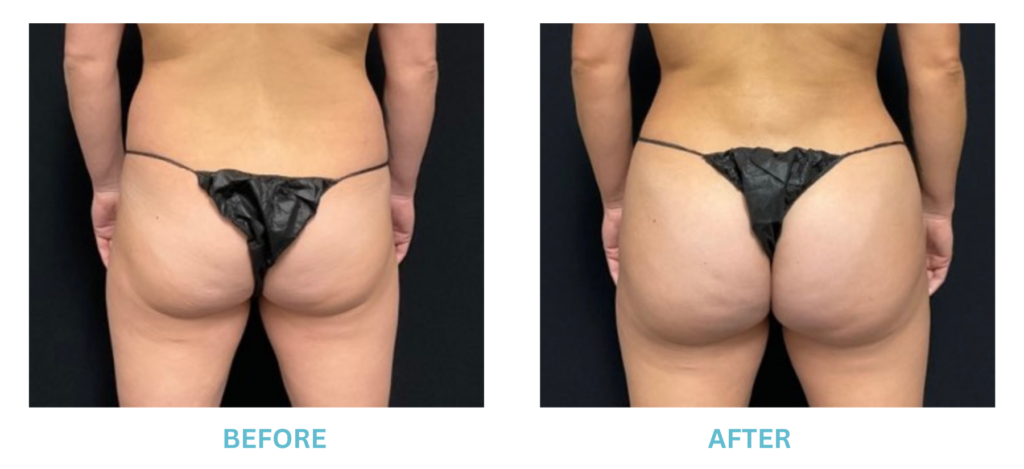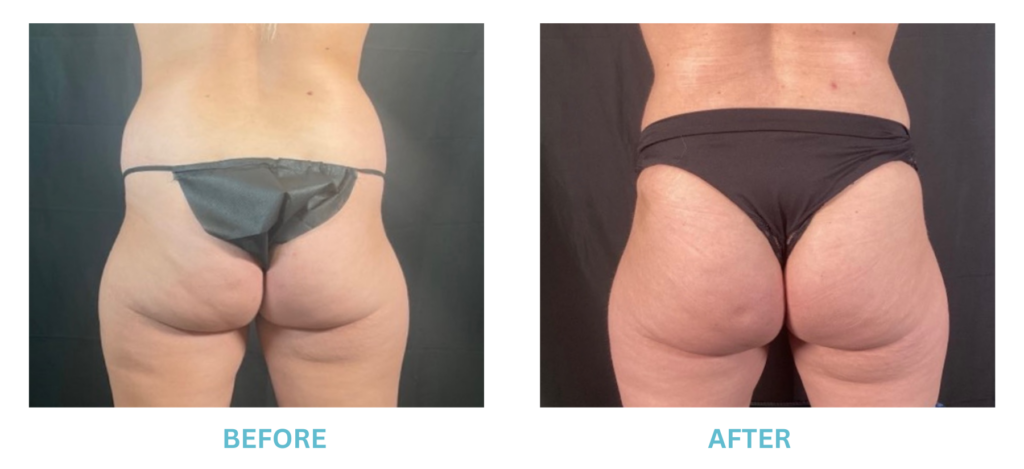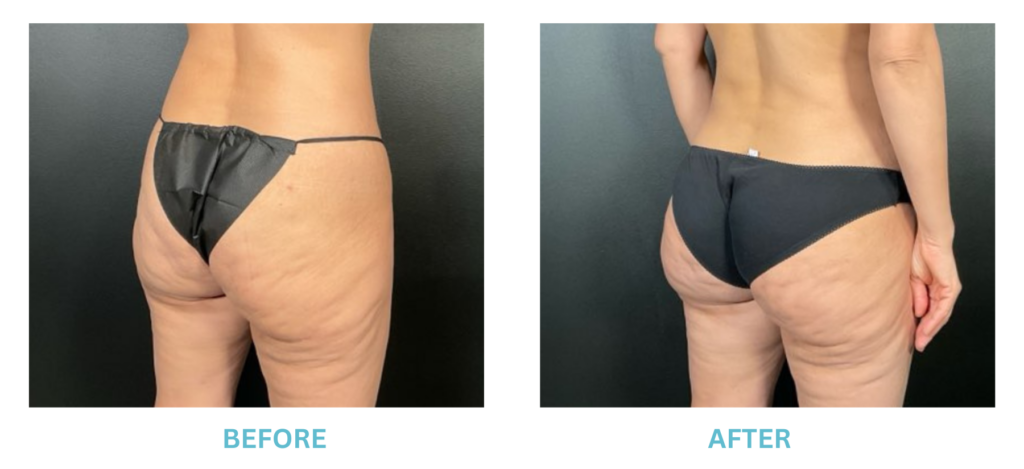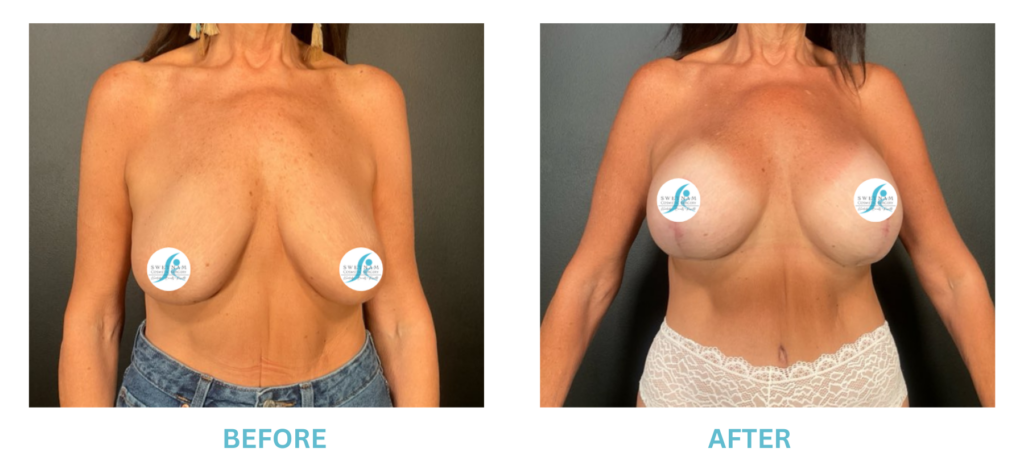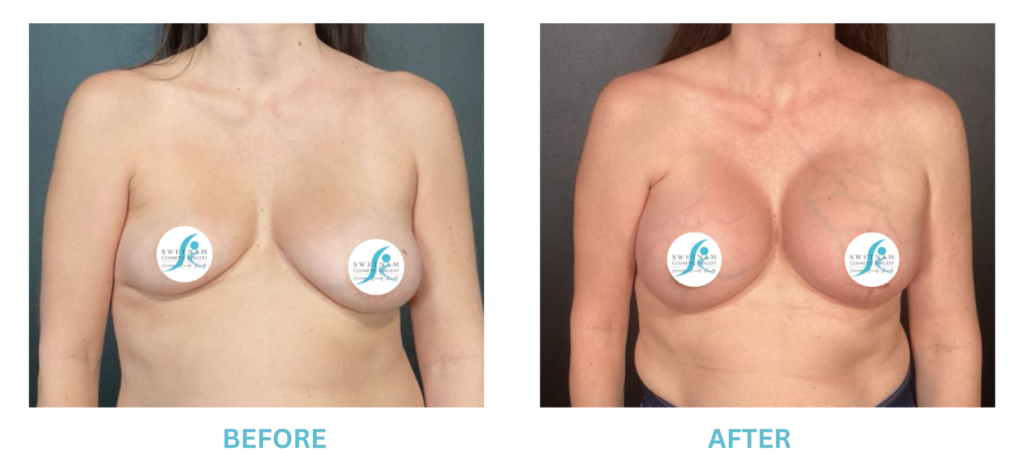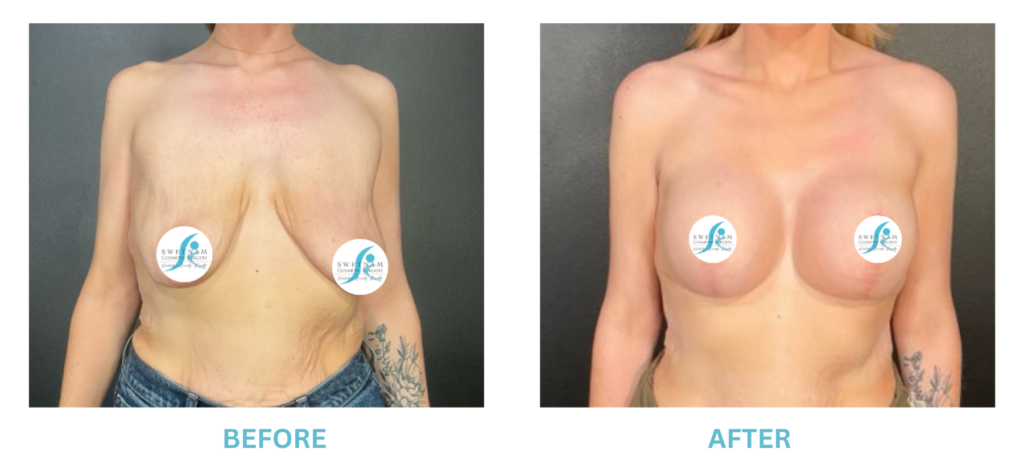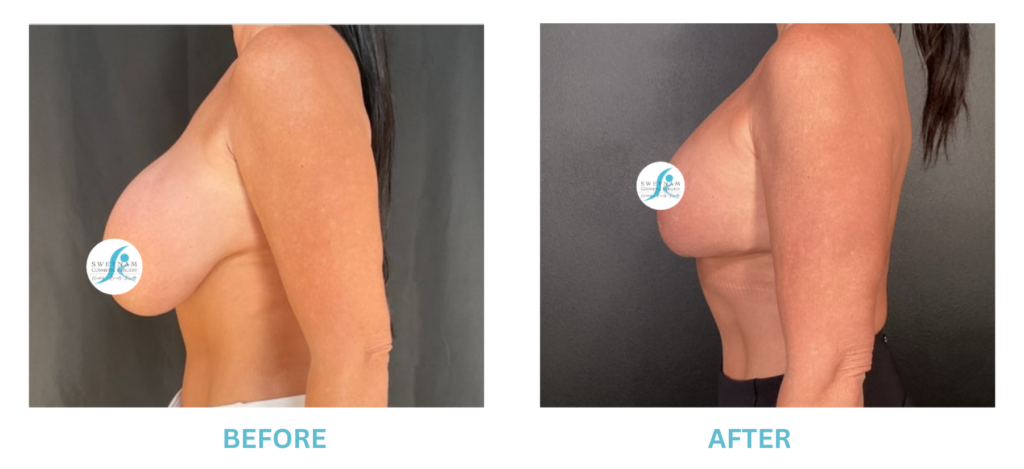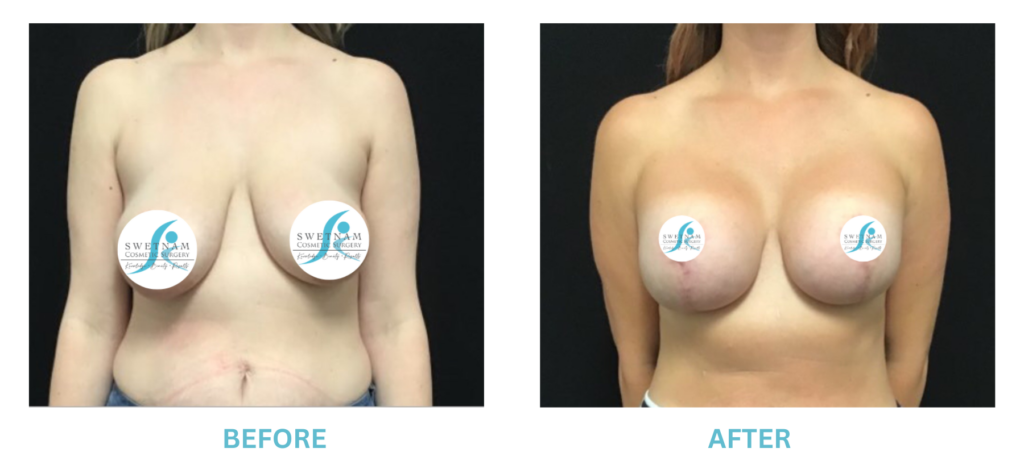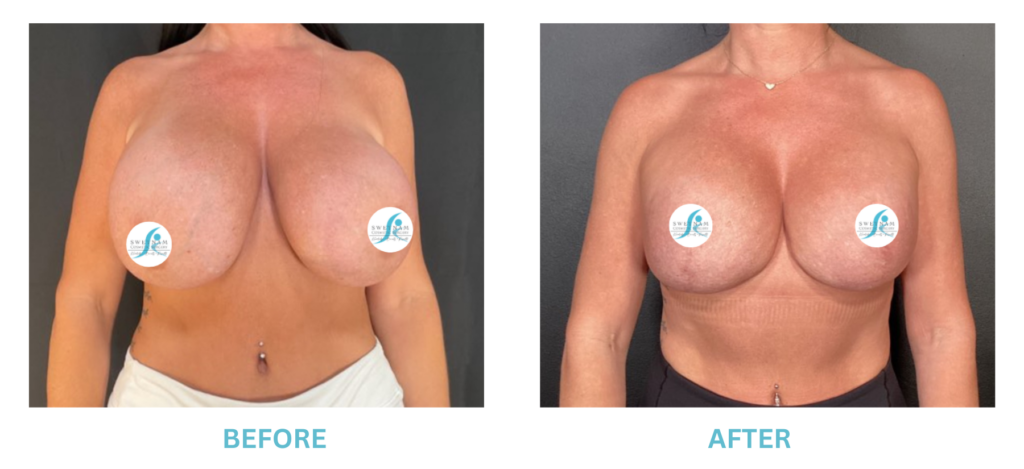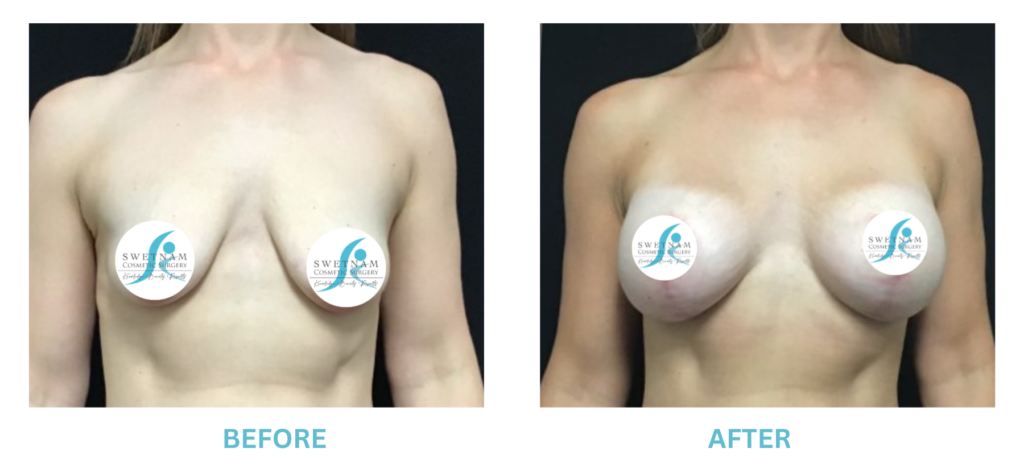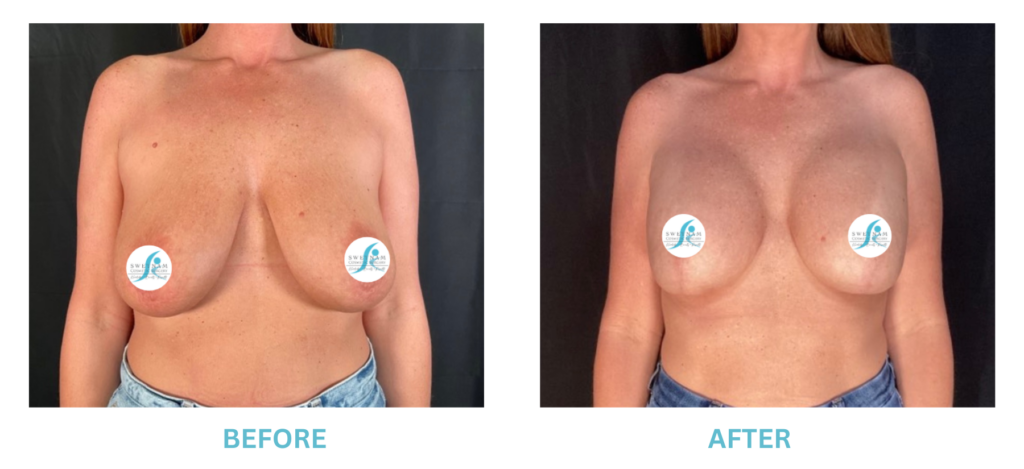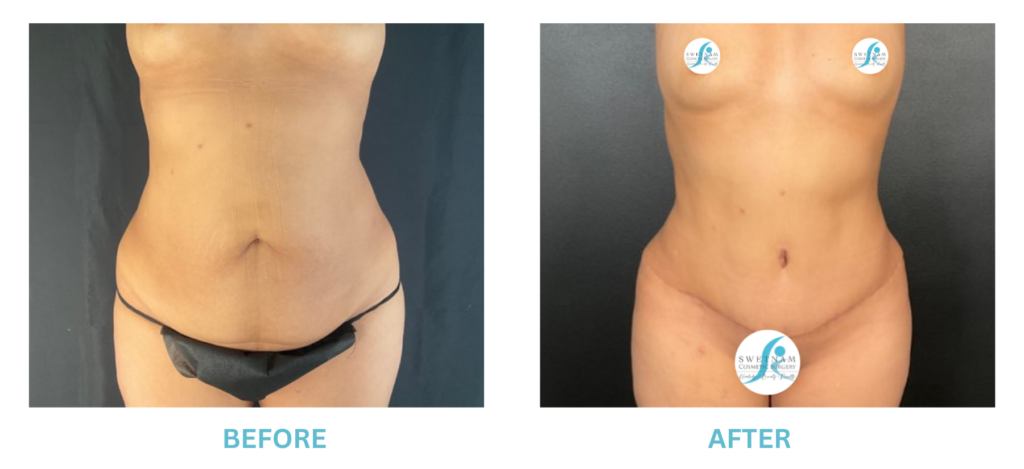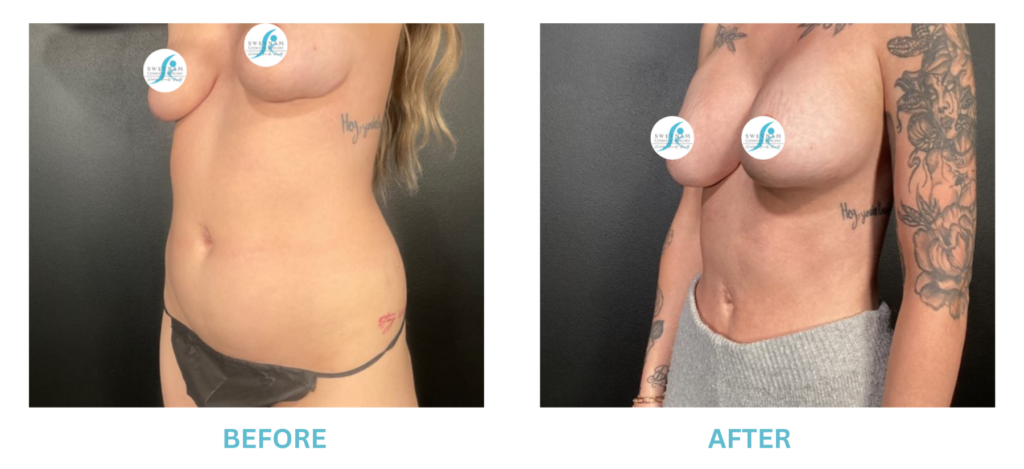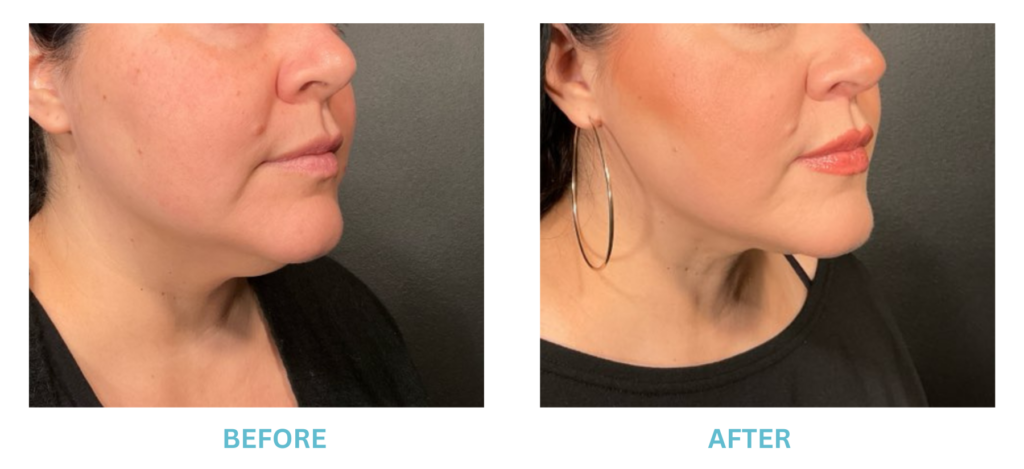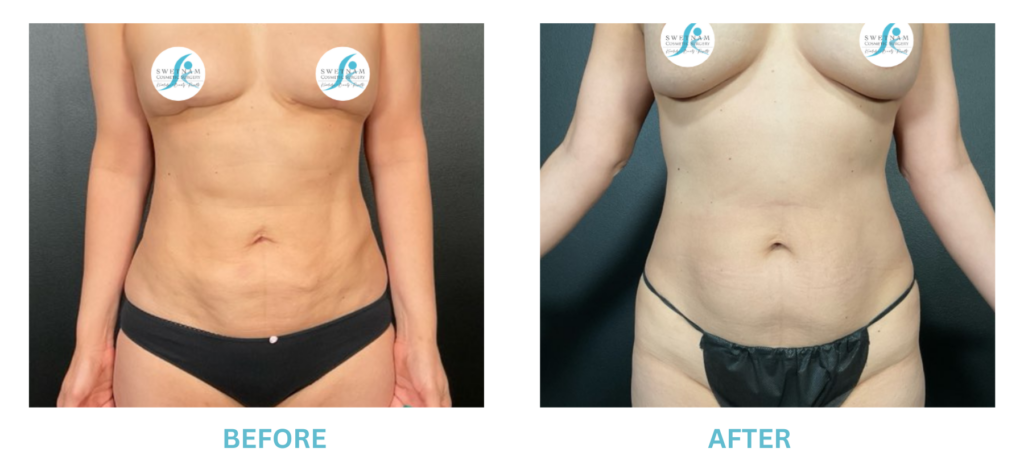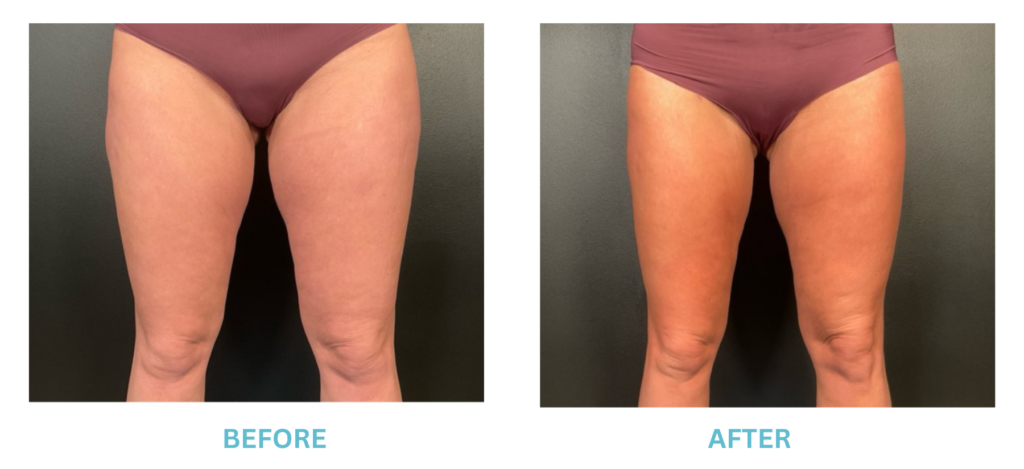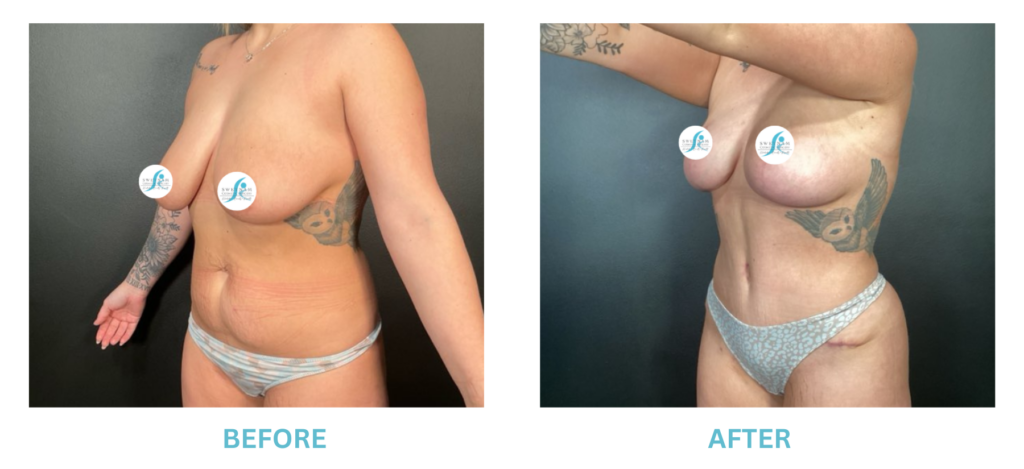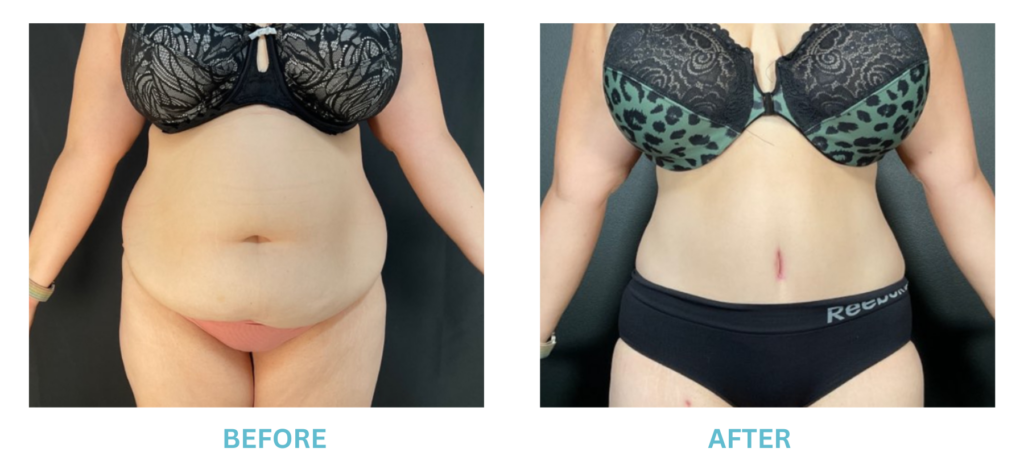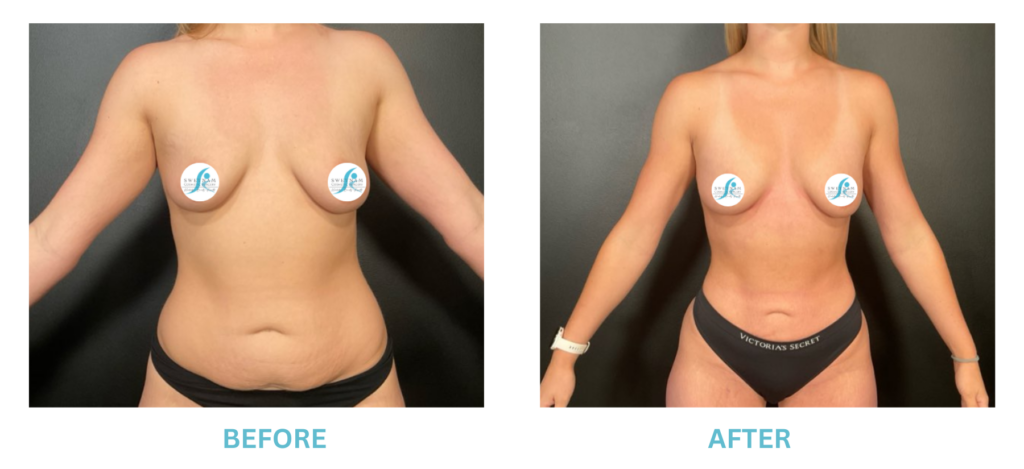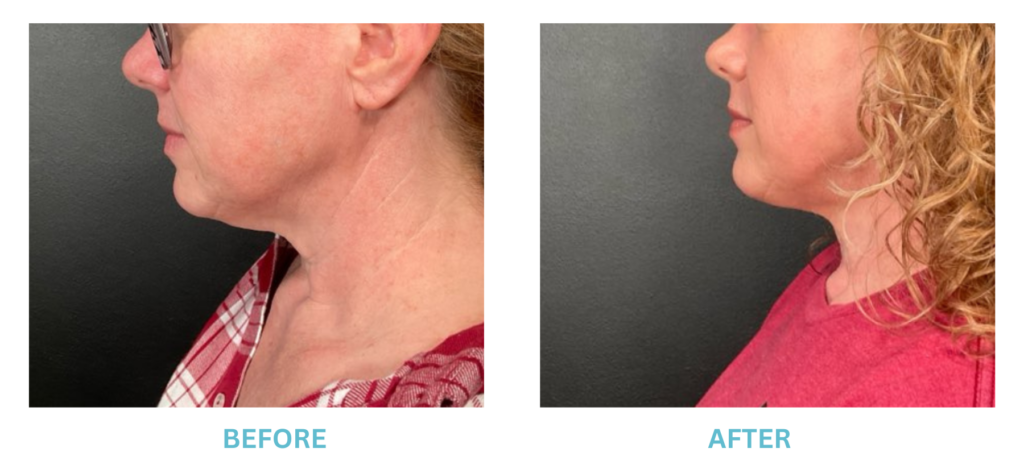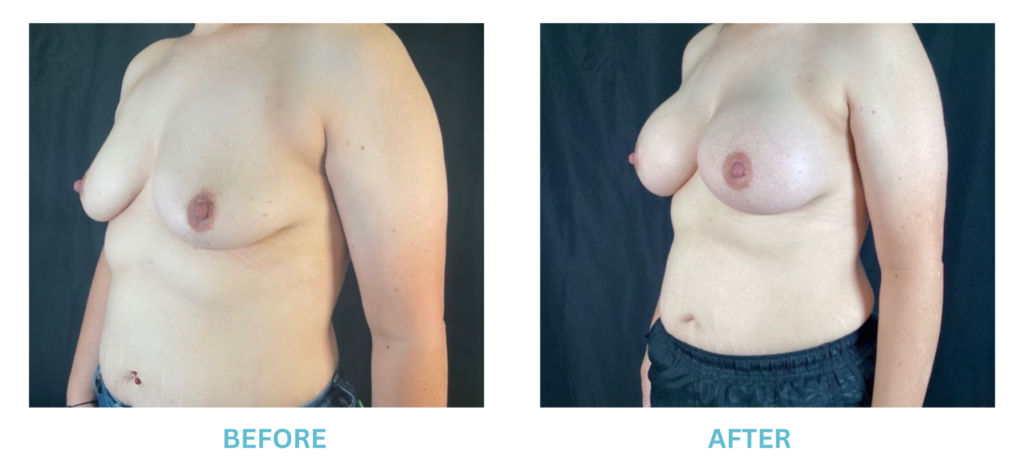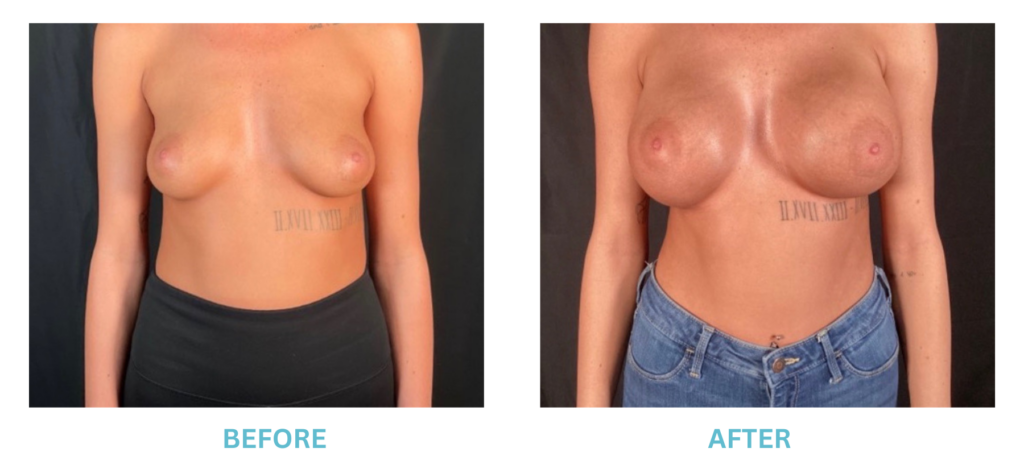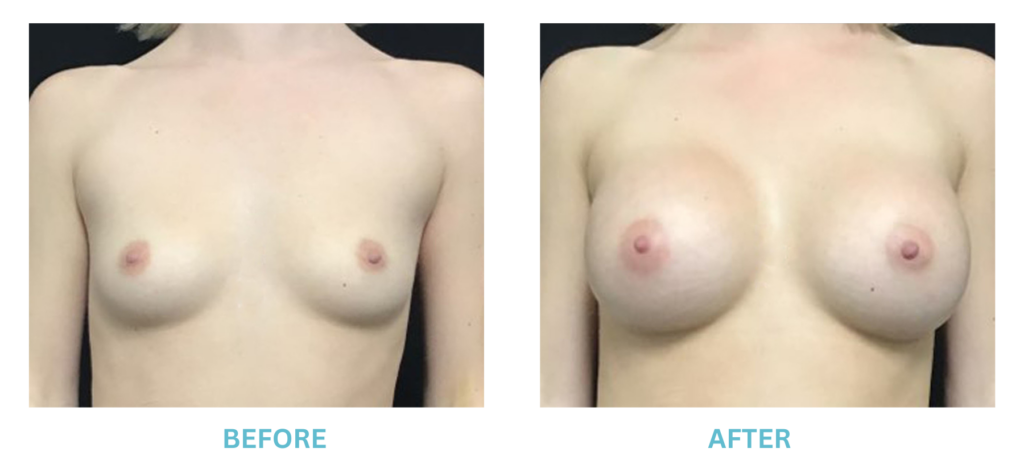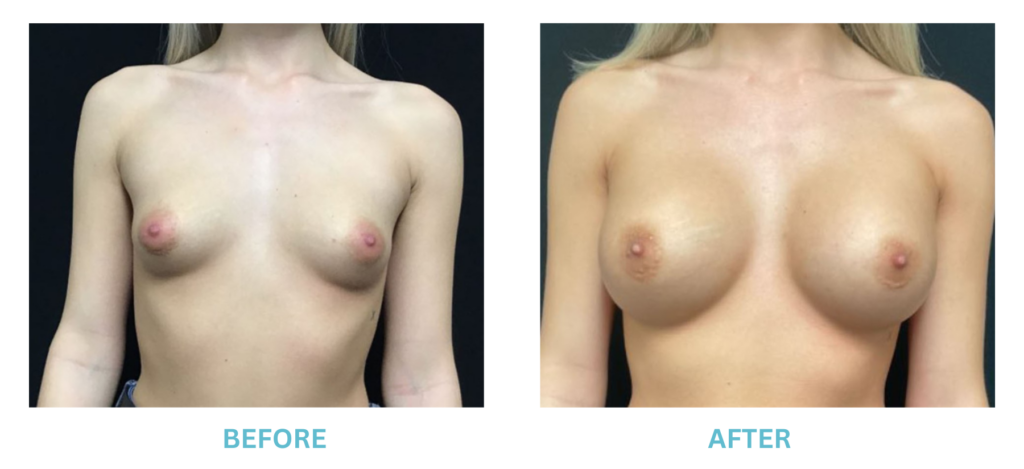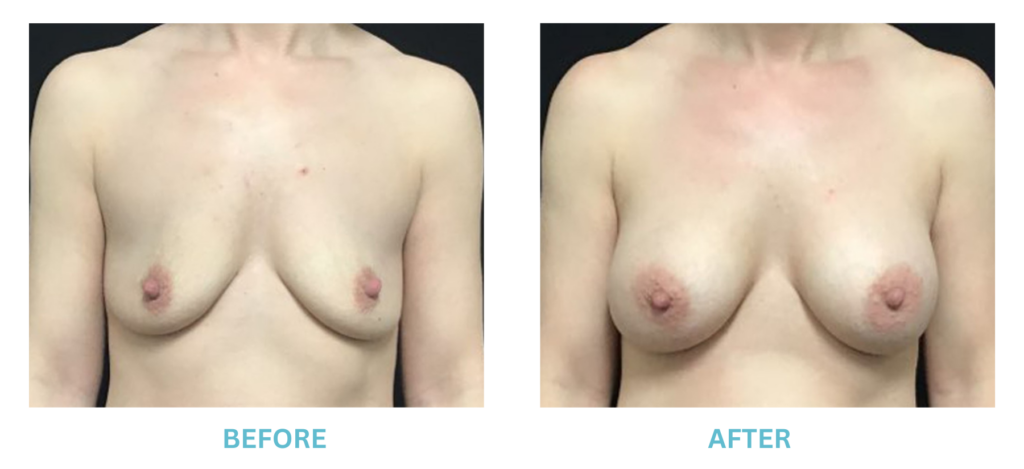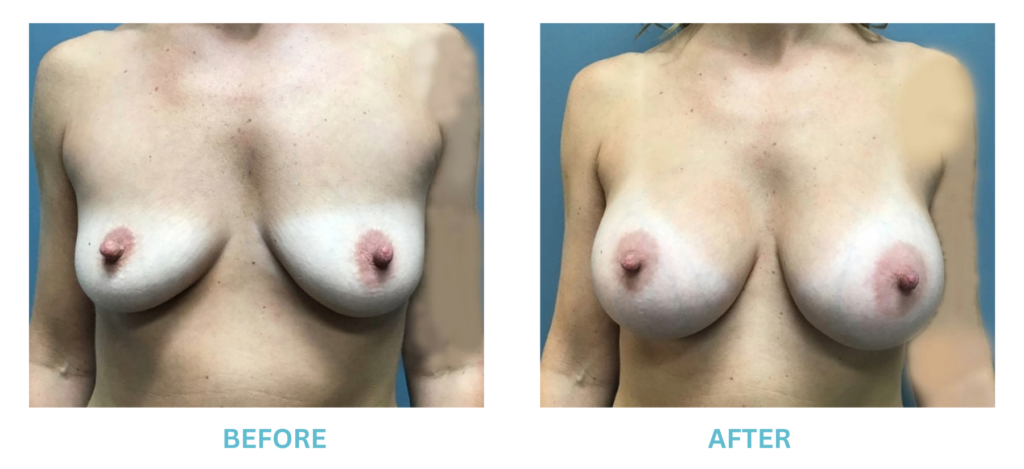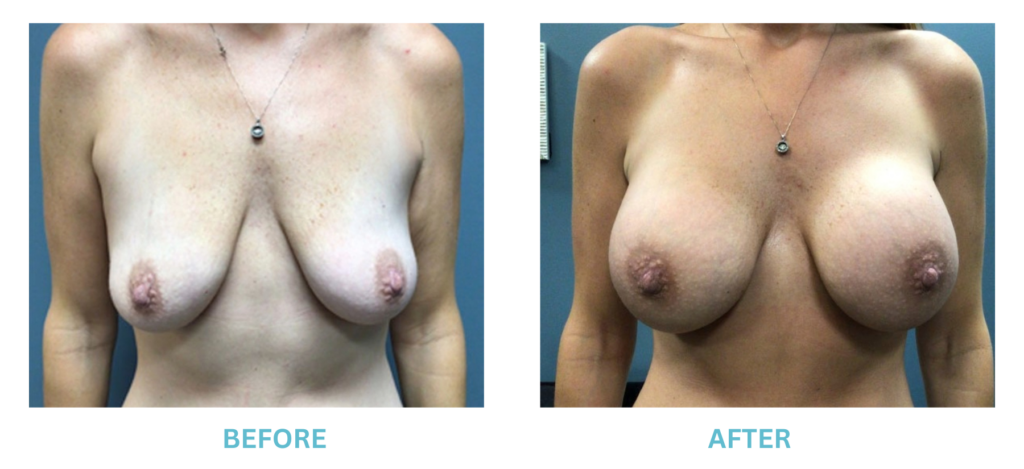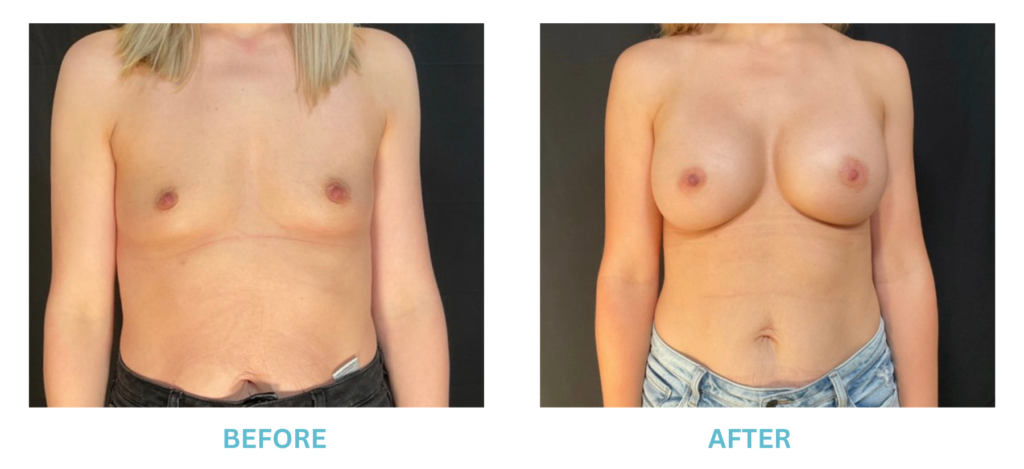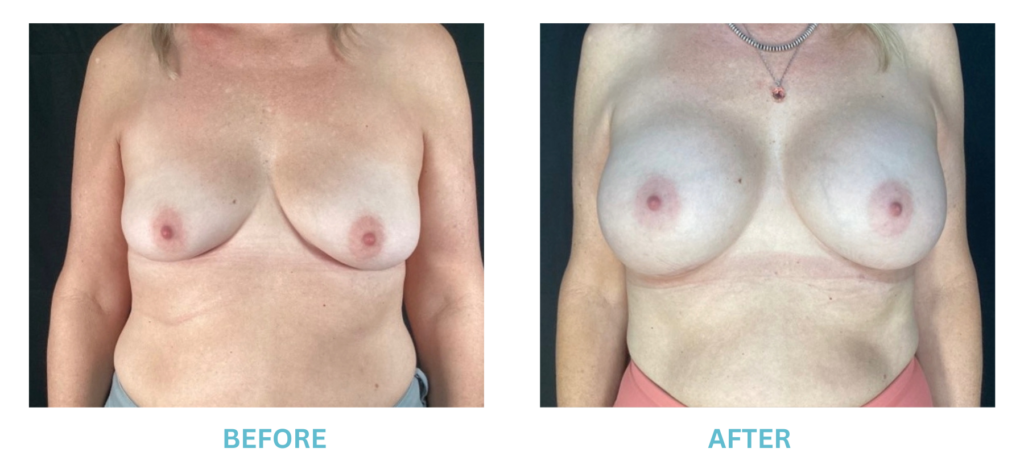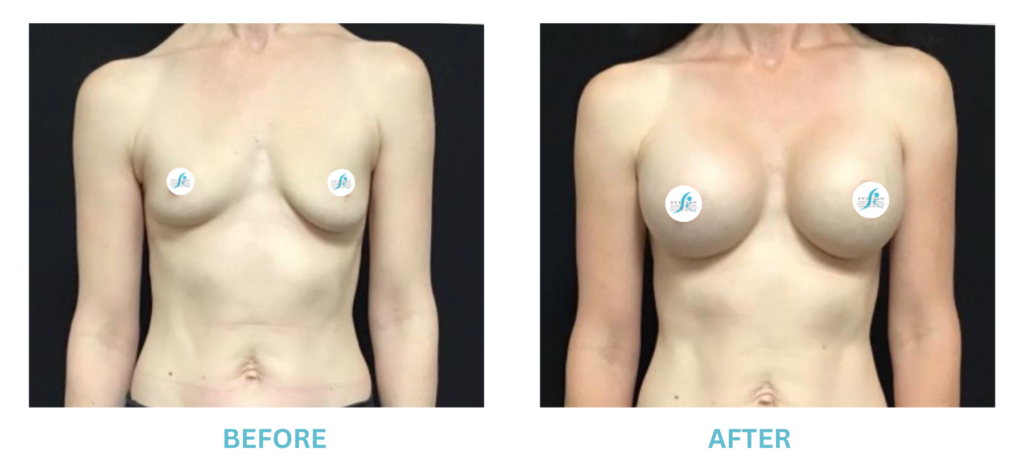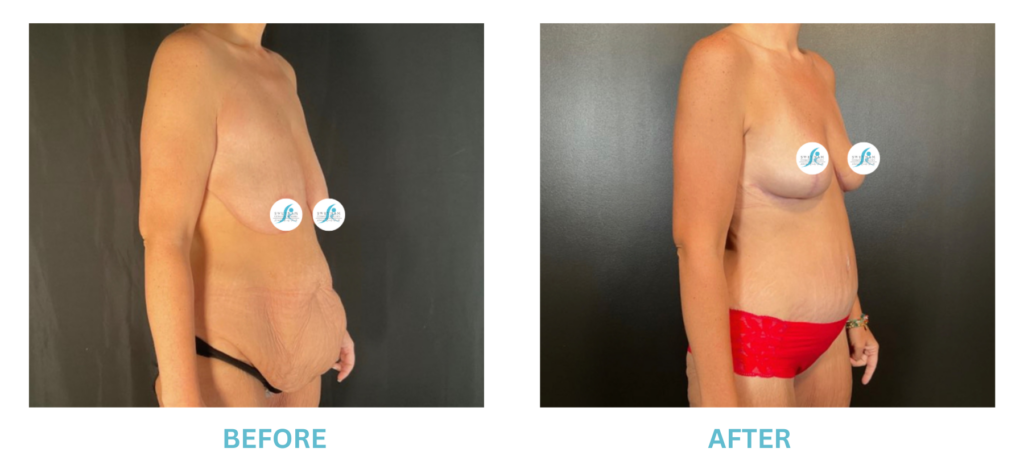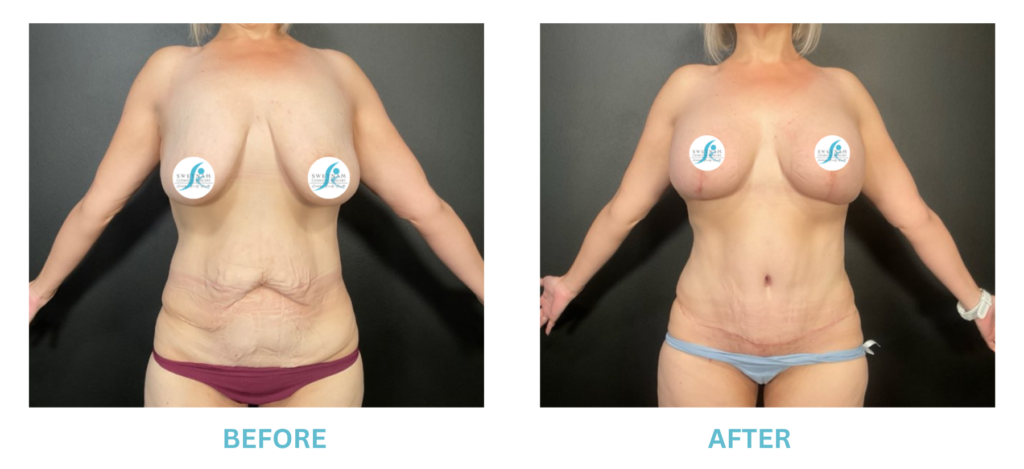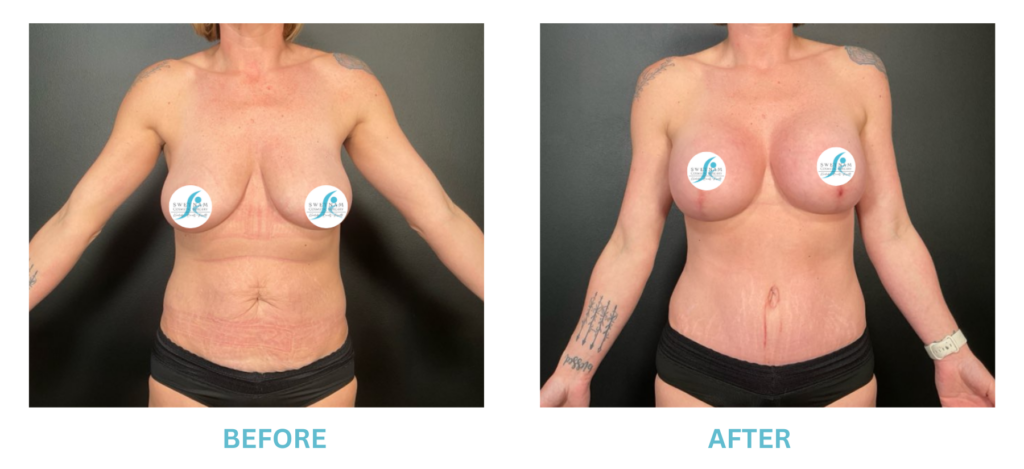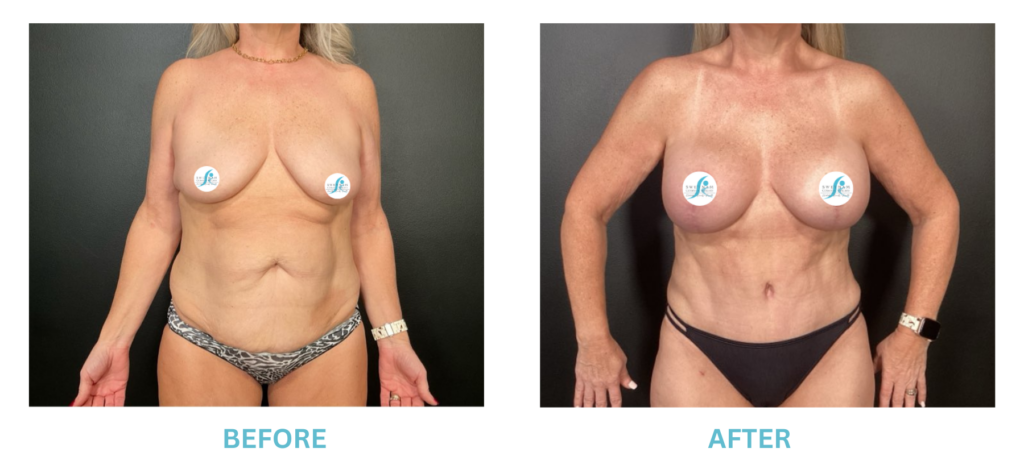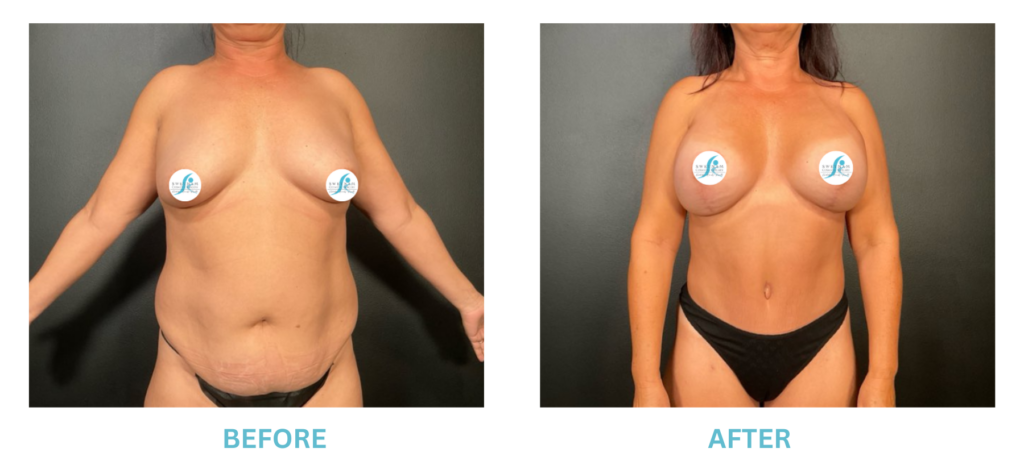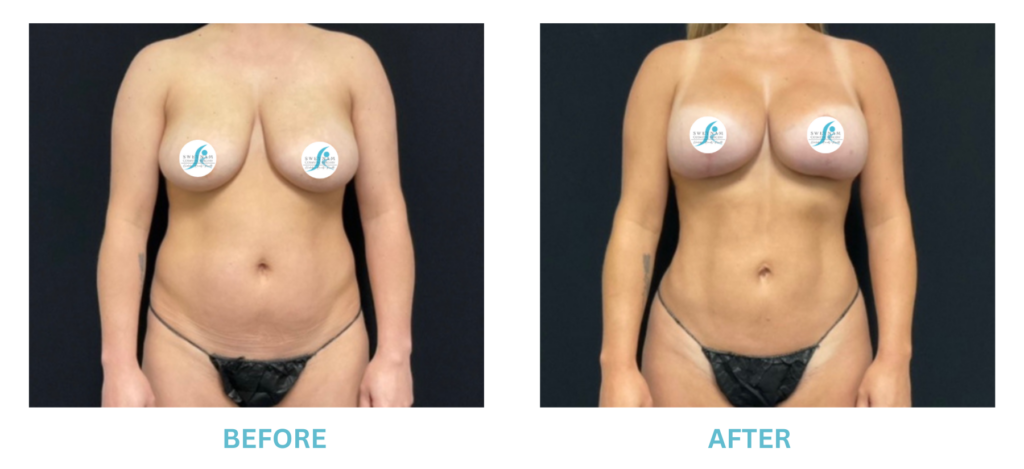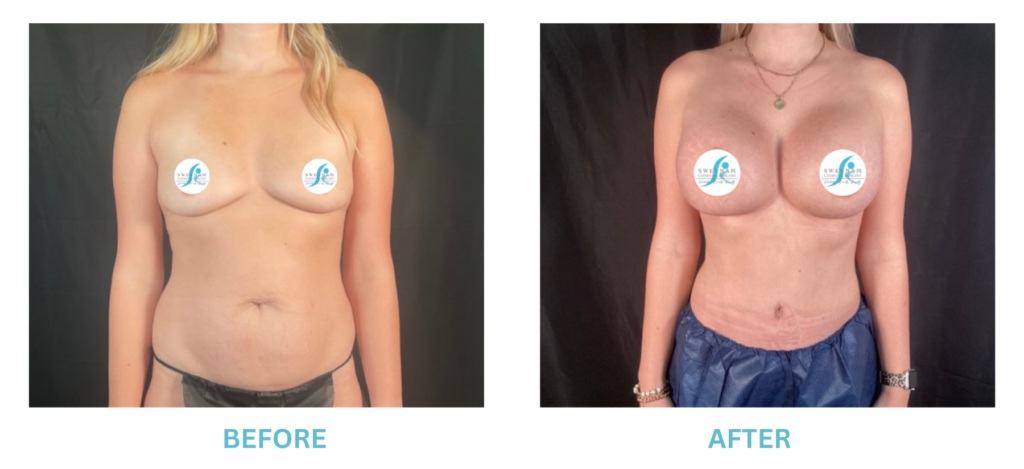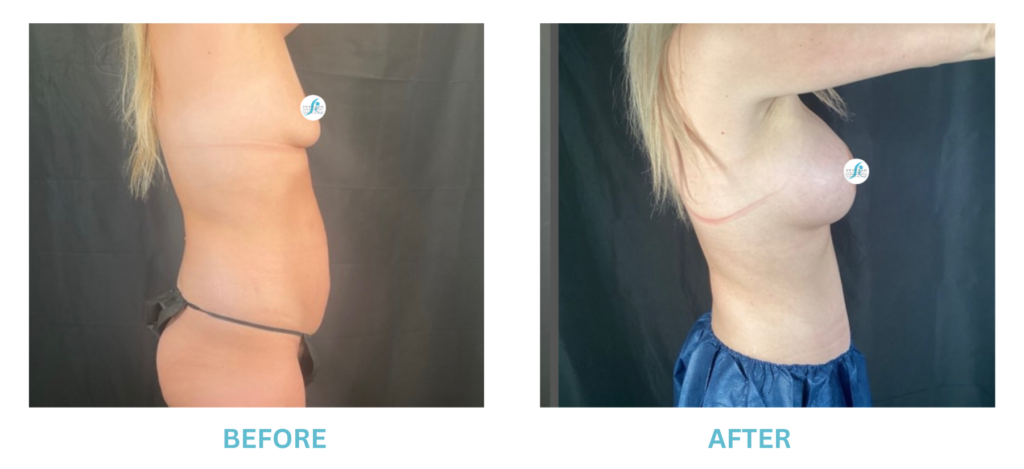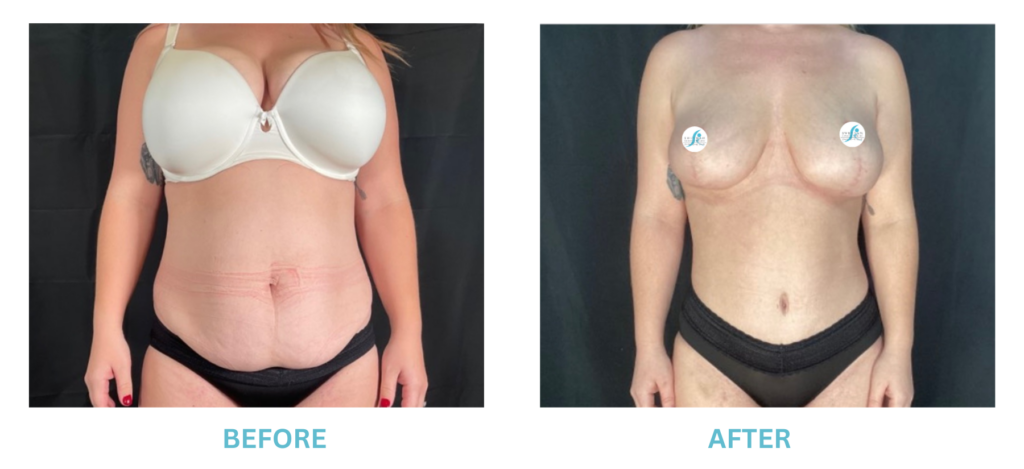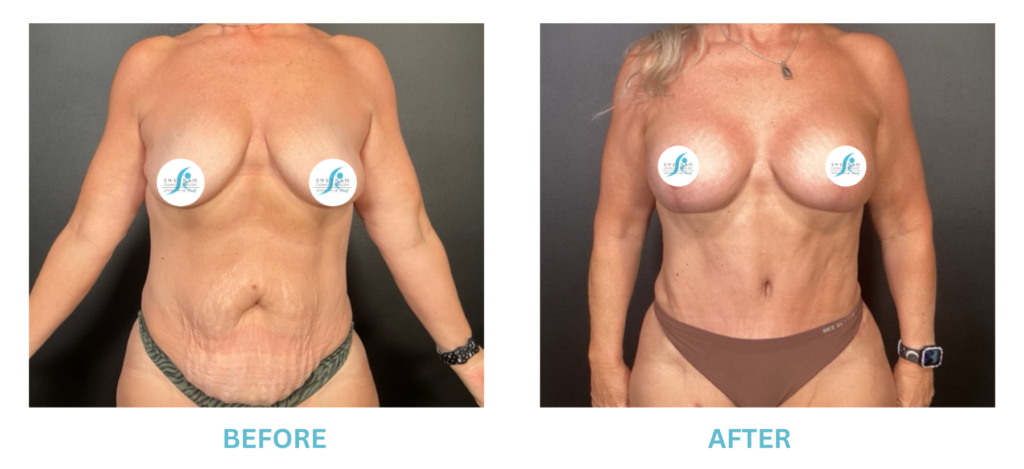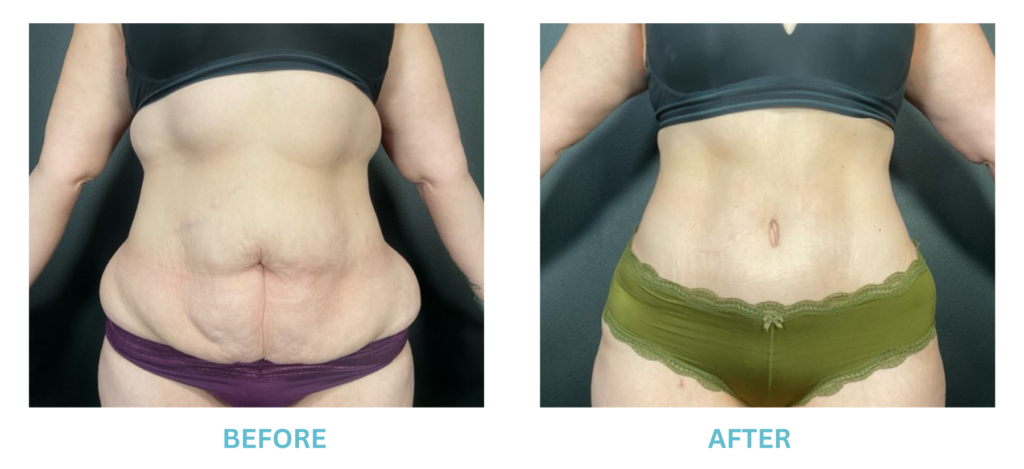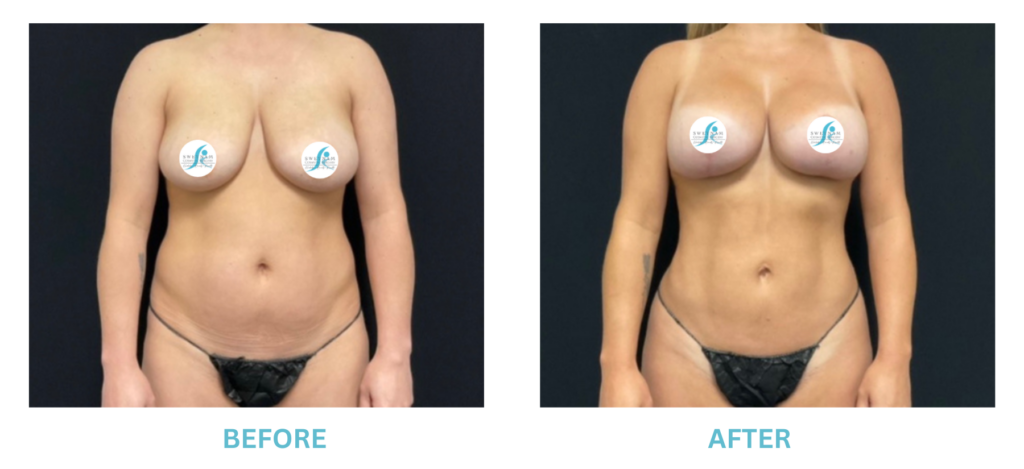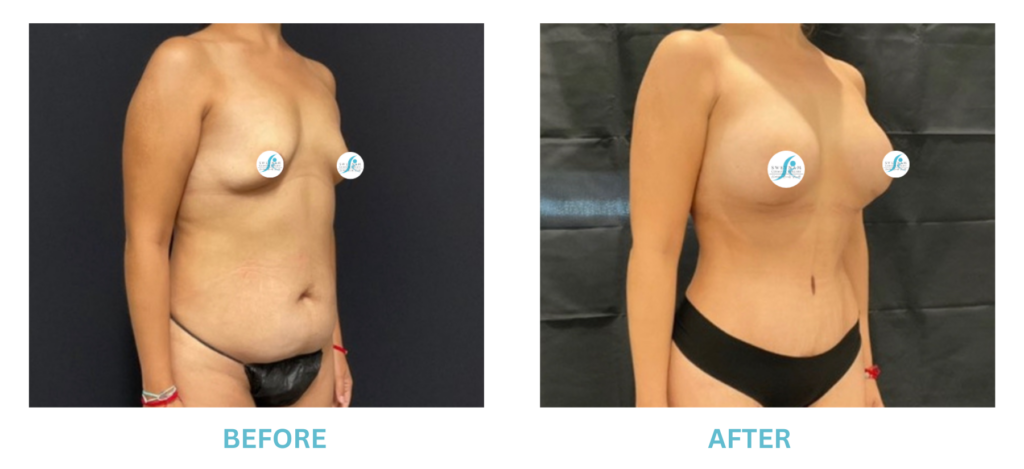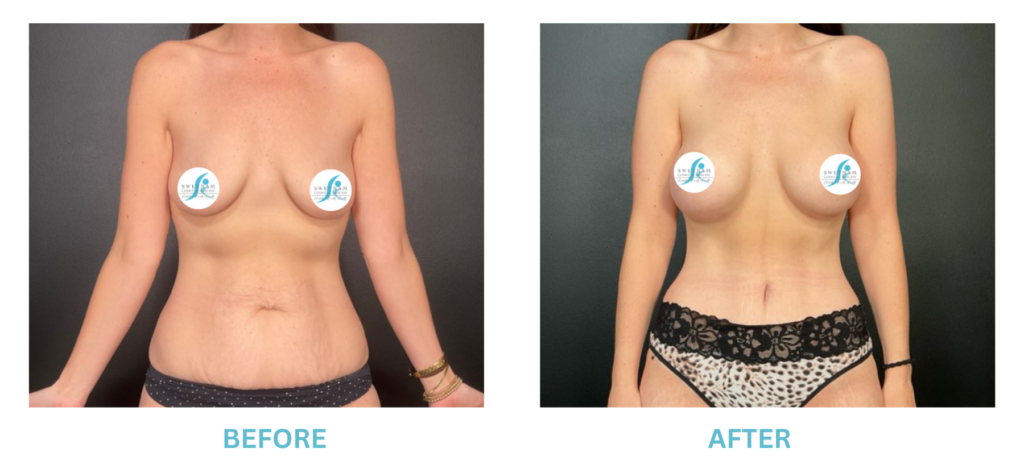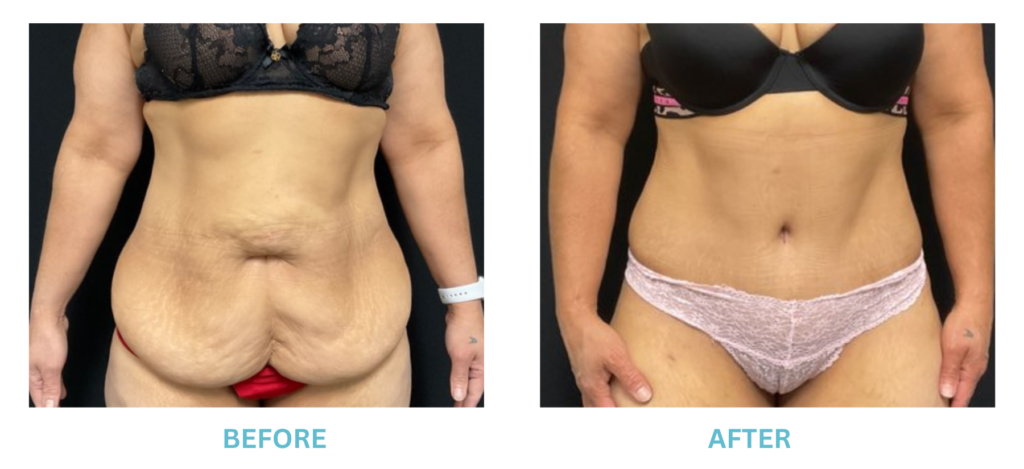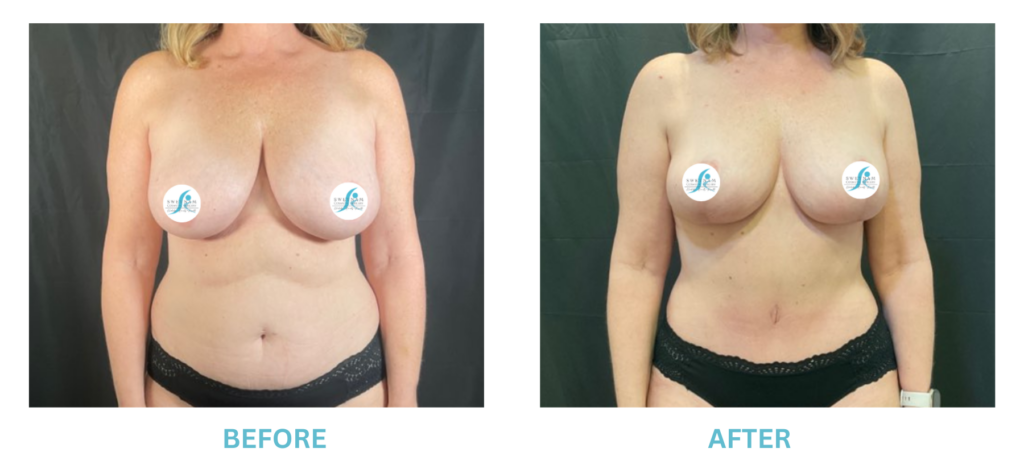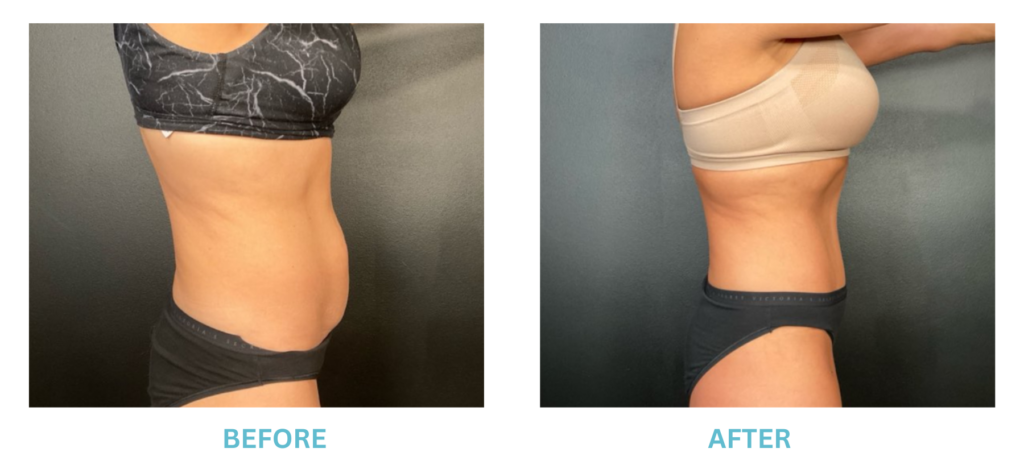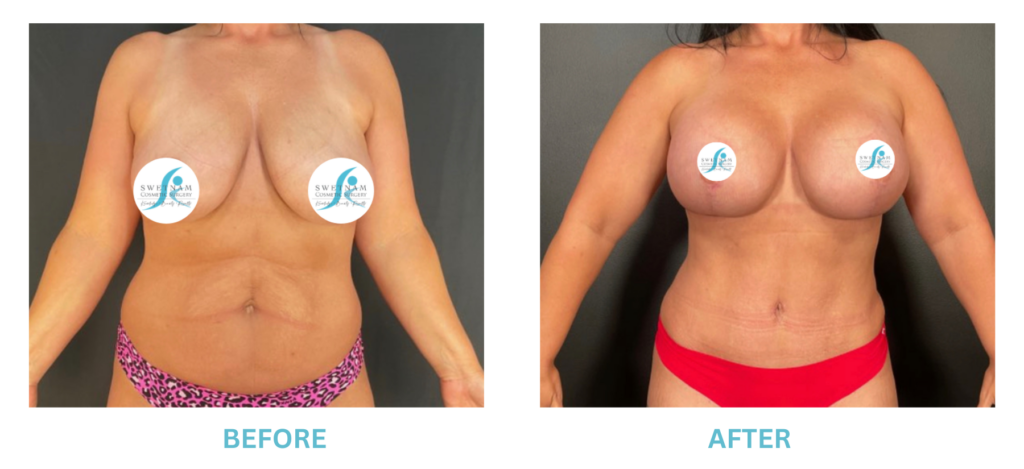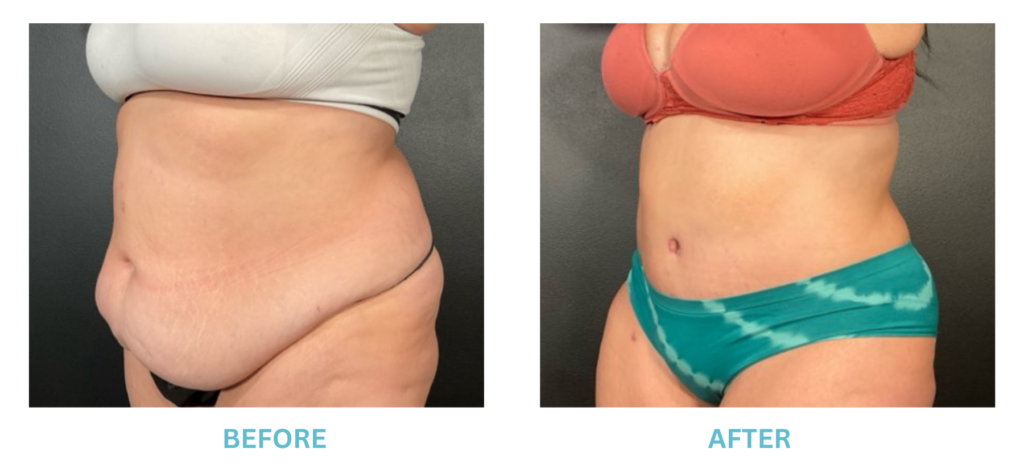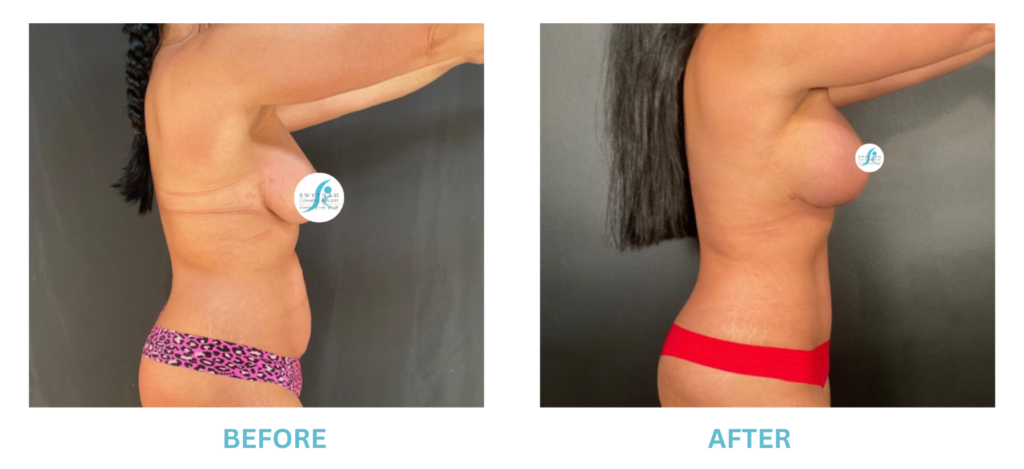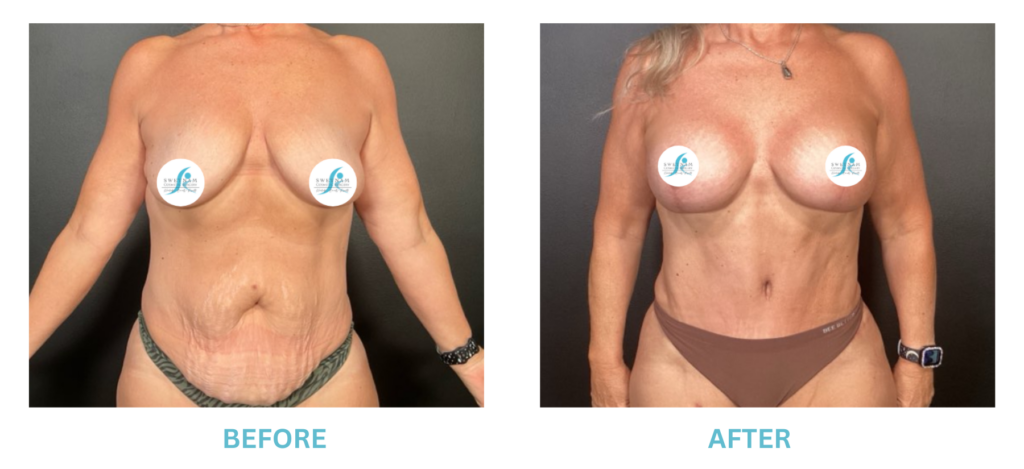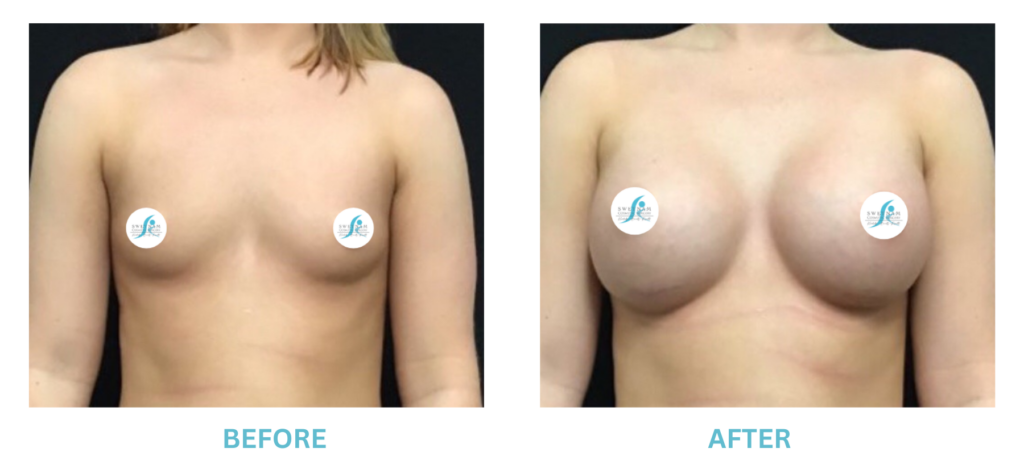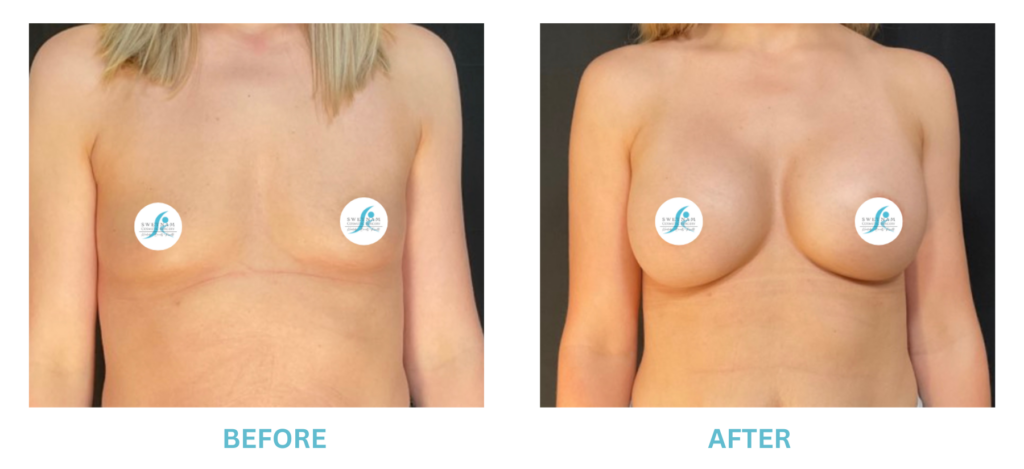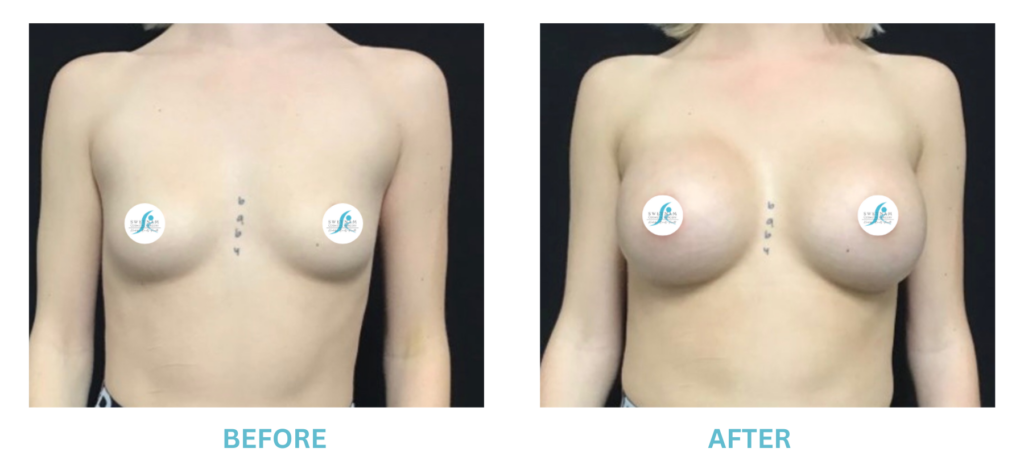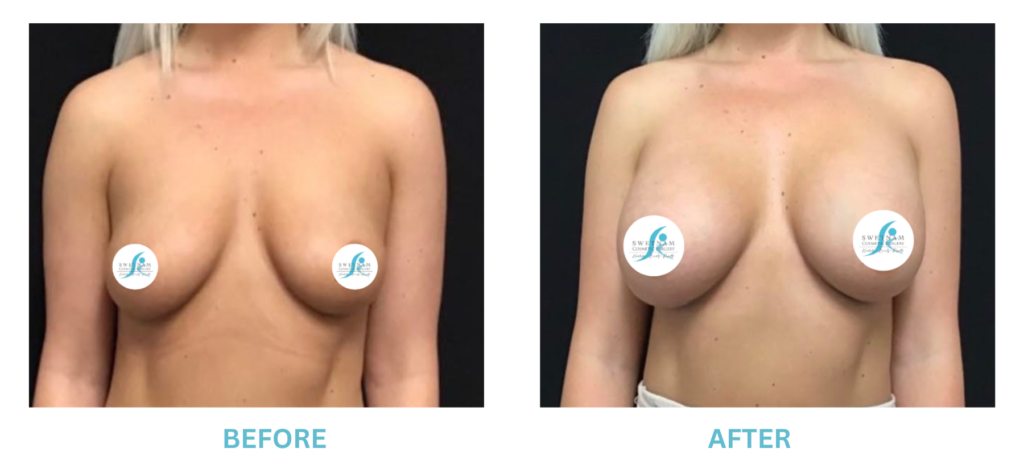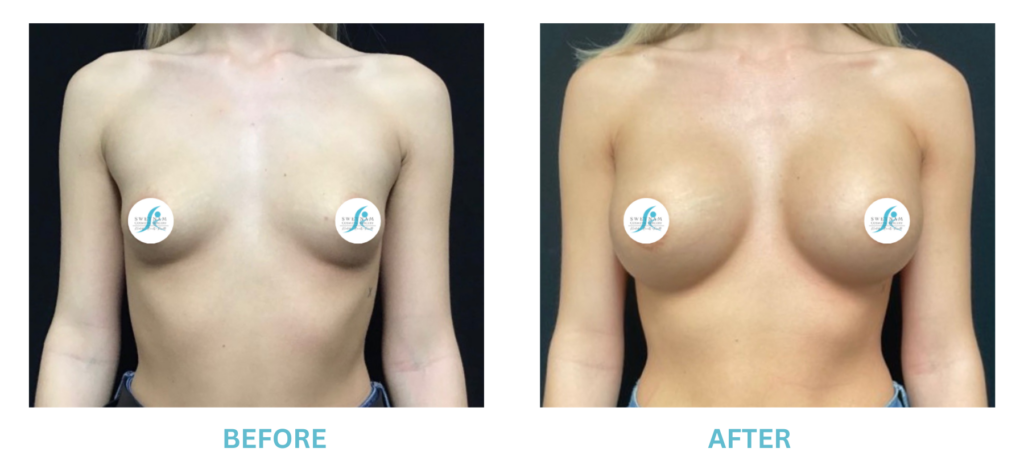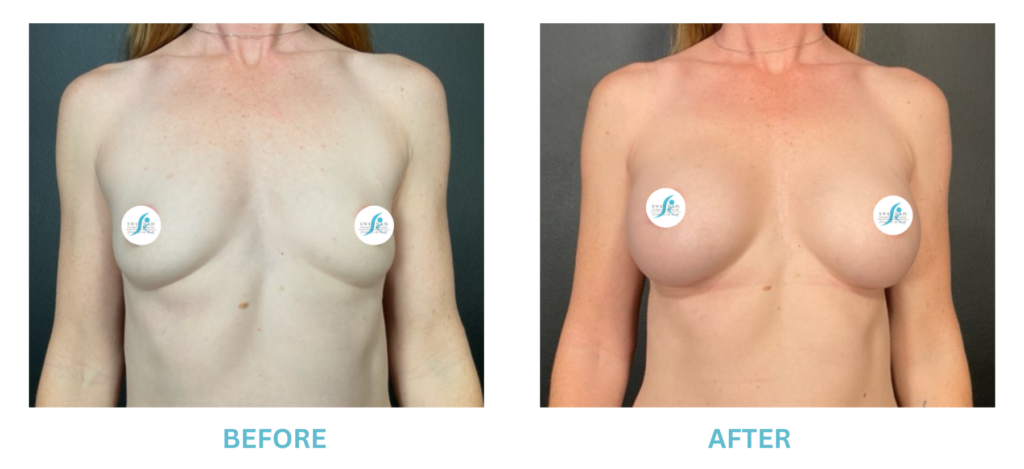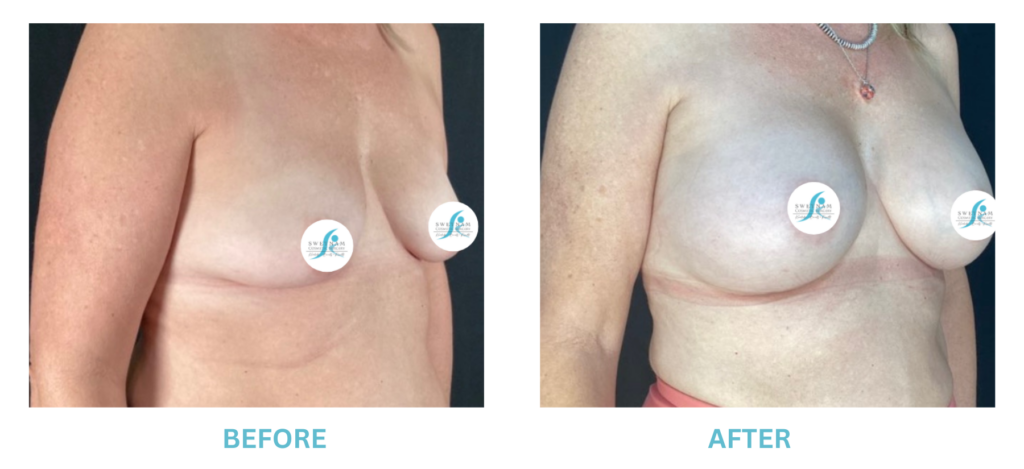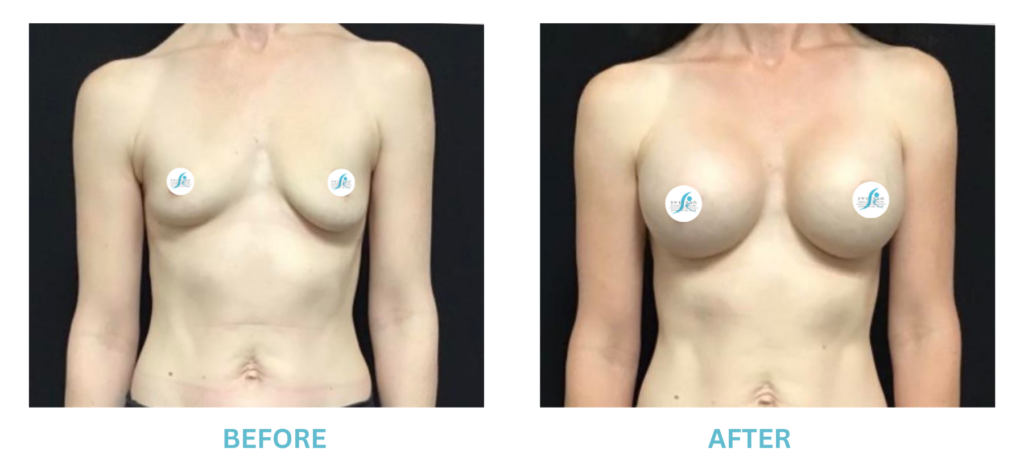Pre-Surgery Checklist: Essential Steps to Prepare for Eyelid Surgery
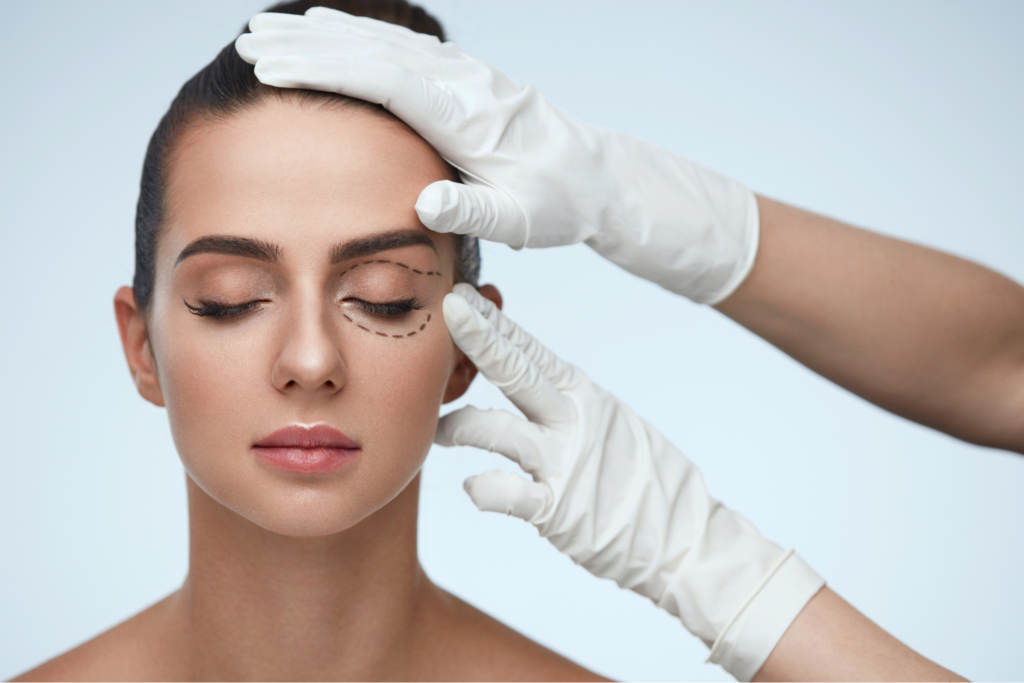
Sagging skin around the eyes is a common issue that can affect both appearance and function. Over time, the skin loses its elasticity, leading to drooping eyelids and puffy under-eye bags.
This condition not only makes individuals look older and tired but can also impair vision. Eyelid surgery, or blepharoplasty, offers an effective solution to rejuvenate the eyes and restore a youthful, alert appearance.
Considering an eyelid lift? Read on to discover how to prepare effectively for your procedure.
Causes of Sagging Skin Around the Eyes
Sagging skin around the eyes can be attributed to several factors, each contributing to the loss of firmness and elasticity in this delicate area.
- Aging. As we age, the skin naturally loses its elasticity and collagen, essential components that keep skin firm and youthful. The thinning of the dermis and weakening of underlying muscles further contribute to sagging.
- Genetics. Genetic predisposition plays a significant role in how our skin ages. If your parents or grandparents experienced early signs of sagging skin around their eyes, you might inherit this trait.
- Sun Exposure. Prolonged exposure to ultraviolet (UV) rays from the sun accelerates the breakdown of collagen and elastin fibers in the skin. This leads to premature aging and sagging, particularly around the sensitive eye area.
- Lifestyle Factors. Habits such as smoking, poor diet, and inadequate hydration can affect skin health. Smoking, for instance, restricts blood flow to the skin, depriving it of essential nutrients and oxygen, which speeds up the aging process.
- Lack of Sleep. Insufficient sleep can lead to fluid retention and poor skin regeneration, causing puffiness and sagging around the eyes. Chronic sleep deprivation can exacerbate these effects over time.
- Repeated Facial Expressions. Frequent squinting, frowning, or other repetitive facial movements can strain the muscles around the eyes, leading to the formation of fine lines and eventually contributing to sagging skin.
Negative Effects of Sagging Skin Around the Eyes
The presence of sagging skin around the eyes can have several adverse effects, impacting both appearance and overall well-being.
- Impaired Vision. Excess skin on the upper eyelids can droop over the eyelashes, obstructing peripheral vision. This can make everyday tasks like reading, driving, or even walking more challenging and hazardous.
- Aesthetic Concerns. Sagging skin and under-eye bags can make individuals appear older, more tired, and less vibrant. This can affect one’s self-esteem and confidence, particularly in social and professional settings.
- Discomfort and Irritation. The heaviness of drooping eyelids can cause physical discomfort. This includes a sensation of weight on the eyes and irritation from rubbing against the eyelashes, leading to redness and swelling.
- Psychological Impact. The changes in appearance due to sagging skin around the eyes can lead to feelings of self-consciousness and anxiety. People may feel less confident about their looks, which can affect their mental health and social interactions.
- Functional Impairment. In severe cases, the drooping skin can significantly interfere with the ability to keep the eyes fully open, leading to eye strain and headaches. This functional impairment can affect daily life and productivity.
Eyelid surgery, or blepharoplasty, offers a viable solution to these issues. By removing excess skin, muscle, and fat, this procedure not only improves the aesthetic appearance but also enhances vision and comfort, providing a comprehensive solution to the problems caused by sagging skin around the eyes.
What is Blepharoplasty?
Blepharoplasty, commonly known as eyelid surgery, is a cosmetic eye surgery designed to remove excess skin, muscle, and sometimes fat from the upper and lower eyelids.
This type of oculoplastic surgery can correct droopy upper lids and puffy bags below the eyes, which can impair vision and contribute to an aging appearance.
Science Behind Blepharoplasty
Blepharoplasty involves making precise incisions along the natural creases of the eyelids, ensuring minimal visible scarring. Our surgeon removes or repositions excess skin, muscle, and fat, then closes the incisions with fine sutures. The procedure can be performed on the upper eyelids, lower eyelids, or both, depending on the patient’s needs.
The surgery typically takes 1 to 3 hours, depending on the complexity, and is performed under local anesthesia with sedation or general anesthesia. Post-surgery, patients may experience swelling and bruising, which usually subside within a few weeks, revealing a more youthful and refreshed appearance.
Steps to Prepare for Eyelid Surgery
Preparing for eyelid surgery involves several important steps to ensure a smooth procedure and optimal recovery:
1. Consultation with Your Surgeon
Schedule a thorough consultation with our surgeon to discuss your medical history, current medications, and any allergies. This step helps our surgeon plan the procedure tailored to your needs and ensures you are a suitable candidate for surgery.
Discuss your expectations and desired outcomes. Understanding the realistic results and potential risks will help set proper expectations and reduce anxiety.
2. Medical Evaluations and Tests
Our surgeon may recommend specific medical tests, such as blood work or an eye exam, to guarantee you are in good health for surgery. These evaluations help identify any underlying conditions that could affect the surgery or recovery process.
If you have any chronic conditions, such as diabetes or high blood pressure, make sure they are well-managed and under control before the surgery.
3. Medication and Supplements Adjustments
Disclose all medications, vitamins, and supplements you are currently taking to our surgeon. Some substances, such as aspirin, anti-inflammatory drugs, and herbal supplements, can increase the risk of bleeding and should be avoided.
Our surgeon will provide a list of medications and supplements to stop before the surgery and suggest safe alternatives if necessary.
4. Quit Smoking and Limit Alcohol
If you smoke, you will need to stop several weeks before and after the surgery. Smoking can impair blood circulation and significantly affect healing.
Limit alcohol consumption in the weeks leading up to the surgery. Alcohol can interfere with anesthesia and medications used during and after the procedure.
5. Arrange for Assistance and Post-Surgery Care
Plan for someone to drive you home after the surgery and stay with you for at least the first 24 hours. You may experience grogginess and limited vision immediately after the procedure, making it unsafe to be alone.
Prepare a comfortable recovery area at home with essential items within easy reach, such as medications, water, snacks, and reading materials. Having a comfortable and accessible space will aid in your recovery.
6. Prepare for Downtime
Schedule time off work and other responsibilities to allow yourself adequate rest and recovery time. Most people need at least one to two weeks off work, but this can vary depending on the individual’s healing process.
Plan low-key activities and avoid strenuous exercise, heavy lifting, and activities that could strain your eyes for the first few weeks post-surgery.
7. Follow Pre-Surgery Instructions
Our surgeon will provide specific instructions to follow in the days leading up to the surgery. This may include fasting for a certain period before the procedure, showering with antibacterial soap, and avoiding makeup and skincare products on the day of the surgery.
Carefully adhere to these instructions to minimize the risk of complications and ensure the procedure goes smoothly.
8. Final Preparations
Wear loose, comfortable clothing on the day of the surgery, preferably with a front closure to avoid pulling anything over your head.
Make sure you have all necessary post-surgery medications and supplies at home, including prescribed pain relievers, cold compresses, and ointments for the incision sites.
By following these preparation steps, you are all set for a successful eyelid surgery experience and a smooth recovery, allowing you to enjoy the aesthetic and functional benefits of blepharoplasty.
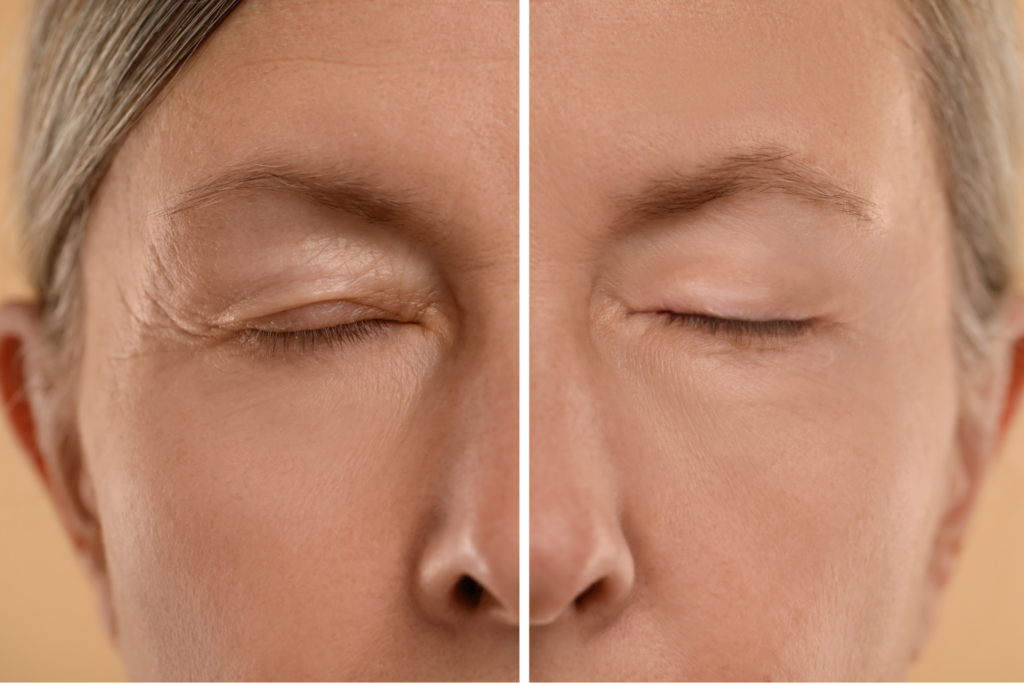
Blepharoplasty is an effective solution for addressing sagging skin around the eyes, offering both aesthetic and functional benefits. Proper preparation is important for a smooth procedure and optimal recovery. By following these essential steps, you can approach your eyelid surgery with confidence and look forward to a rejuvenated appearance.
Explore the benefits of eyelid surgery and schedule your consultation with us here at Swetnam Cosmetic Surgery in Northwest, AR, today to take the first step toward brighter, more youthful eyes!






